Business transactions rely on clear communication, yet many teams still mix up purchase orders and invoices. It happens often. Both list items and prices both move between buyers and vendors, and both support the procurement process. Still, each document serves a different purpose. It helps in knowing that the difference makes everyday work simpler.
A purchase order starts the transaction. It tells the supplier what the buyer wants, confirms quantities and pricing, and locks in details before anything is delivered. An invoice wraps things up. It arrives after the goods or services are received and functions as the official request for payment. The flow is simple, PO before purchase, invoice after delivery. This sequence keeps the AP workflow clean and easy to track.
People confuse the two because the layouts look similar and the information overlaps. When that confusion reaches accounting, small errors turn into delays, missing approvals, or inaccurate vendor billing. With more businesses moving to digital processing, the stakes are rising.
The invoice processing software market is expected to reach about 189 billion dollars by 2035, up from roughly 36 billion in 2025. That growth shows how vital it is to understand both of them. Understanding invoices vs purchase orders brings clarity and smoother operations.
In this blog, we’ll go through the key differences between PO and invoices.
What Is a Purchase Order (PO)?
A purchase order is a simple PO document that a buyer sends to a vendor to confirm what they want to purchase. It is created before any goods or services are delivered, which is one of the key points in the difference between a purchase order and an invoice. The PO acts as a clear agreement between both sides, so the vendor knows exactly what to provide and the buyer has a record of what was approved.
In most companies, a PO goes through procurement approval before it is sent out. This step gives buyer authorization and ensures the purchase fits the budget and purchasing terms. Once approved, the PO becomes a reference point for the entire transaction.
A standard PO includes item descriptions, quantities, prices, delivery details, payment terms, and a unique PO number. These details help avoid confusion later. For example, if a team needs fifty laptops, the PO lists the model, unit cost, and the date they need to arrive. The vendor uses this information to prepare the order and confirm availability.
What Is an Invoice?
An invoice is a billing document that a supplier sends after delivering goods or completing a service. Think of it as a formal payment request. It tells the buyer what they owe, why they owe it, and when the payment is due. This is why many teams use the phrase vendor invoice or purchase invoice to describe it in daily operations.
An invoice is issued after the order fulfillment. If a company orders new laptops, the supplier waits until the laptops arrive at the office or are marked as delivered. Only then is the invoice created and sent to the buyer for approval. In retail, this might happen the same day. In B2B services, it often follows a project milestone or the end of the month.
Most invoices include a tracking number, the seller's and buyer’s details, an itemized list of products or services, taxes, discounts, and the total amount owed. These details help the accounts payable team confirm that the order matches the receipt. Once approved, the invoice triggers payment.
What’s the Difference Between a Purchase Order and an Invoice?
Understanding the difference between a purchase order (PO) and an invoice is key to smooth business transactions. While both are essential transactional documents, they serve very different purposes in the payment cycle.
Side-by-Side Comparison
Core Differences Explained
- Timing: A purchase order is created before goods or services are delivered. An invoice comes after delivery to request payment.
- Function: The PO helps the buyer control spending and plan purchases. The invoice records what was actually supplied and requests payment.
- Role in the payment cycle: POs guide the buying process, ensuring approvals and budgets are followed. Invoices confirm the transaction and trigger payment.
- Document type: POs are buyer-issued documents, while invoices are seller-issued documents.
- Purpose: POs set expectations; invoices confirm results. Together, they make the procurement process clear and organized.
Why Do Businesses Need Both Purchase Orders and Invoices?
Using both purchase orders and invoices gives businesses a clearer view of their finances and helps avoid costly mistakes.
Here’s why they matter:
- Financial visibility: Purchase orders and invoices together give a complete picture of outgoing and incoming payments. This helps teams track spending and maintain budgeting clarity.
- Preventing disputes: Matching invoices to purchase orders ensures that businesses only pay for what was actually ordered and received, reducing disagreements with vendors.
- Clear audit trails: Keeping both documents creates strong records for audit requirements. This makes it easier to prove financial accuracy during internal reviews or external audits.
- Inventory management: Purchase orders help in inventory management. While invoices confirm what has been delivered. This improves inventory tracking and prevents stock shortages.
- Compliance and reporting: Businesses can meet regulatory standards more efficiently by properly documenting all transactions, which supports AP automation and accurate reporting.
- Avoiding overspending: Comparing invoices to approved purchase orders ensures that purchases stay within budget, supporting better spend control.
How do Purchase Orders and Invoices Work Together?
The purchase order-to-invoice process starts with a clear plan. It begins when a company issues a purchase order (PO) to a supplier. The supplier then delivers the goods or services, and an invoice follows. The finance team reviews this invoice, matches it with the original PO, and approves it for payment. Finally, the payment is released, completing the cycle.
PO numbers are crucial because they link every document in this chain. They make it easy to trace transactions and confirm that the items ordered match those delivered. This connection is central to both 2-way and 3-way invoice matching. In 2-way matching, the invoice is compared against the PO. In 3-way matching, it’s compared against the PO and the delivery receipt to ensure accuracy before payment.
A well-defined procurement workflow helps avoid errors, delays, and duplicate payments. Many companies even use a purchase order invoice process flow chart to visualize each step, from PO creation to final payment. This approach strengthens the AP process, improves receipt verification, and keeps the PO approval cycle efficient and transparent.
What They Each Include (PO vs Invoice Content Breakdown)?
Purchase Order Fields
A purchase order is created by the buyer to confirm an order.
Key fields typically include:
- PO number: unique identifier for tracking the order
- Vendor information: seller’s name, address, and contact
- Itemized list of products/services: including quantities and pricing
- Delivery dates: expected shipment or service dates
- Payment terms: agreed-upon conditions for payment
Invoice Fields
An invoice is issued by the seller after goods or services are delivered.
Common fields include:
- Invoice number: unique reference for billing
- Buyer details: name, address, and contact info
- Itemized list of delivered goods/services: with quantities and pricing
- Taxes and total amount due: final payment figure including fees
- Payment terms: due date and acceptable payment methods
In short, a PO confirms what is being ordered, while an e-invoice requests payment. A receipt then closes the transaction, confirming payment has been received. Understanding these document fields helps avoid errors and keeps transactions clear.
When to Use a Purchase Order vs an Invoice?
Understanding when to use a purchase order (PO) or an invoice can streamline your logistics management.
Before Purchase: Purchase Orders
Purchase orders are used before goods or services are delivered. They serve as formal approvals for spending and provide a clear record of what’s being ordered. Procurement teams rely on POs for spend planning and to ensure budgets are respected. For example, a company ordering office equipment will issue a PO to confirm quantities, prices, and delivery schedules before the vendor ships anything.
After Delivery: Invoices
Invoices come after the goods or services are delivered. They request payment based on the terms agreed in the PO or contract. Invoices support receipt-based billing and help track payments for credit purchases. For instance, once the office equipment arrives, the vendor sends an invoice detailing the items received and the total amount due.
Approvals and Real-World Usage
POs often require internal approval, especially for larger orders, while invoices are reviewed to match received goods with ordered items. Many businesses use both together. A PO confirms the order, and the invoice triggers payment after verification. This process ensures transparency, prevents errors, and maintains a clear audit trail.
Similarities Between Purchase Orders and Invoices
Understanding the overlap between purchase orders vs invoices can help businesses streamline logistics and supply chain management. While they serve different roles, these documents share several important similarities.
Both Are Commercial Documents
Purchase orders and invoices are essential documents in commercial transactions. A purchase order initiates a transaction, while an invoice confirms it. Together, they form a complete record of business activity, making them critical for vendor communication and procurement documentation.
Contain Core Transaction Details
Both documents include key information like item descriptions, quantities, prices, and payment terms. This makes it easier to track each transaction and ensures that buyers and vendors are on the same page. For example, when a company orders office supplies, the PO and invoice together provide a full picture of the purchase.
Support Spend Visibility
Using both documents gives businesses better visibility into spending. By comparing purchase orders vs invoices, finance teams can monitor budgets, avoid overpayments, and track financial commitments in real time.
Required for Auditing
Both purchase orders and invoices are essential for inventory auditing and compliance. Proper documentation helps businesses verify transactions, resolve discrepancies, and maintain transparent records for tax or internal audits.
Why Linking POs and Invoices Matters for Logistics?
Better Visibility
Connecting purchase orders with invoices gives logistics teams real-time visibility into shipments and deliveries. You can see exactly what has been ordered, when it was shipped, and what’s awaiting payment. This transparency helps prevent delays and keeps supply chain operations running smoothly.
Reduced Errors
Manual tracking of POs and invoices can lead to errors such as duplicate payments, missed shipments, or mismatched quantities. Automating the PO-to-invoice process reduces these mistakes and improves operational accuracy. For instance, a regional freight company cut invoice discrepancies by 40% after linking its POs and invoices.
Faster Approvals
With POs and invoices connected, approvals move faster. Managers can quickly verify that shipments match orders without sorting through spreadsheets or emails. Faster approvals mean quicker payments to carriers and smoother freight operations.
Stronger Internal Controls
Linking these documents strengthens internal controls in logistics. It ensures that only verified shipments and approved orders are paid, reducing the risk of fraud or overpayment. Companies report better compliance and more secure freight operations with this system.
Smarter Forecasting
When all purchase and shipment data is linked, logistics managers can plan routes, warehouse space, and inventory more effectively. Real-time data allows for better forecasting, helping companies reduce bottlenecks and optimize delivery schedules.
How PackageX Helps Manage Purchase Orders and Invoices?
Streamlined Automation
PackageX simplifies the day-to-day handling of purchase orders vs invoices. Its workflow automation ensures that each document moves through the system smoothly, reducing delays and errors. For example, when a new invoice arrives, the system can automatically match it to the corresponding purchase order without manual checks.
Smart Matching
Invoices vs purchase orders can often be tricky to reconcile. PackageX uses intelligent matching to ensure the right invoice aligns with the correct purchase order. This minimizes mistakes, prevents duplicate payments, and improves accuracy in procurement software.
Reduced Manual Workload
By automating matching and processing, businesses can significantly lower manual workloads. Teams spend less time chasing paper documents and more time on strategic procurement decisions.
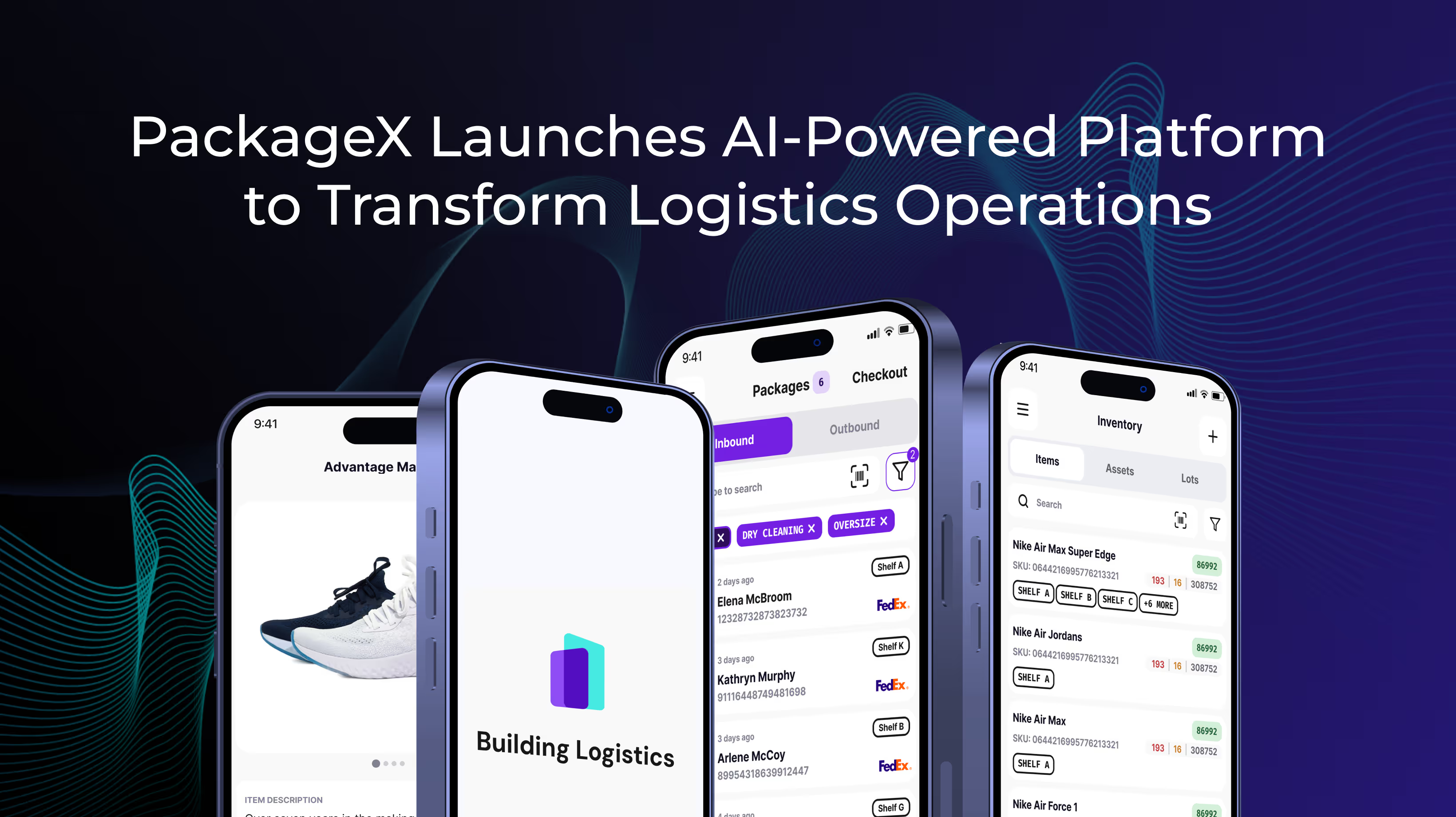
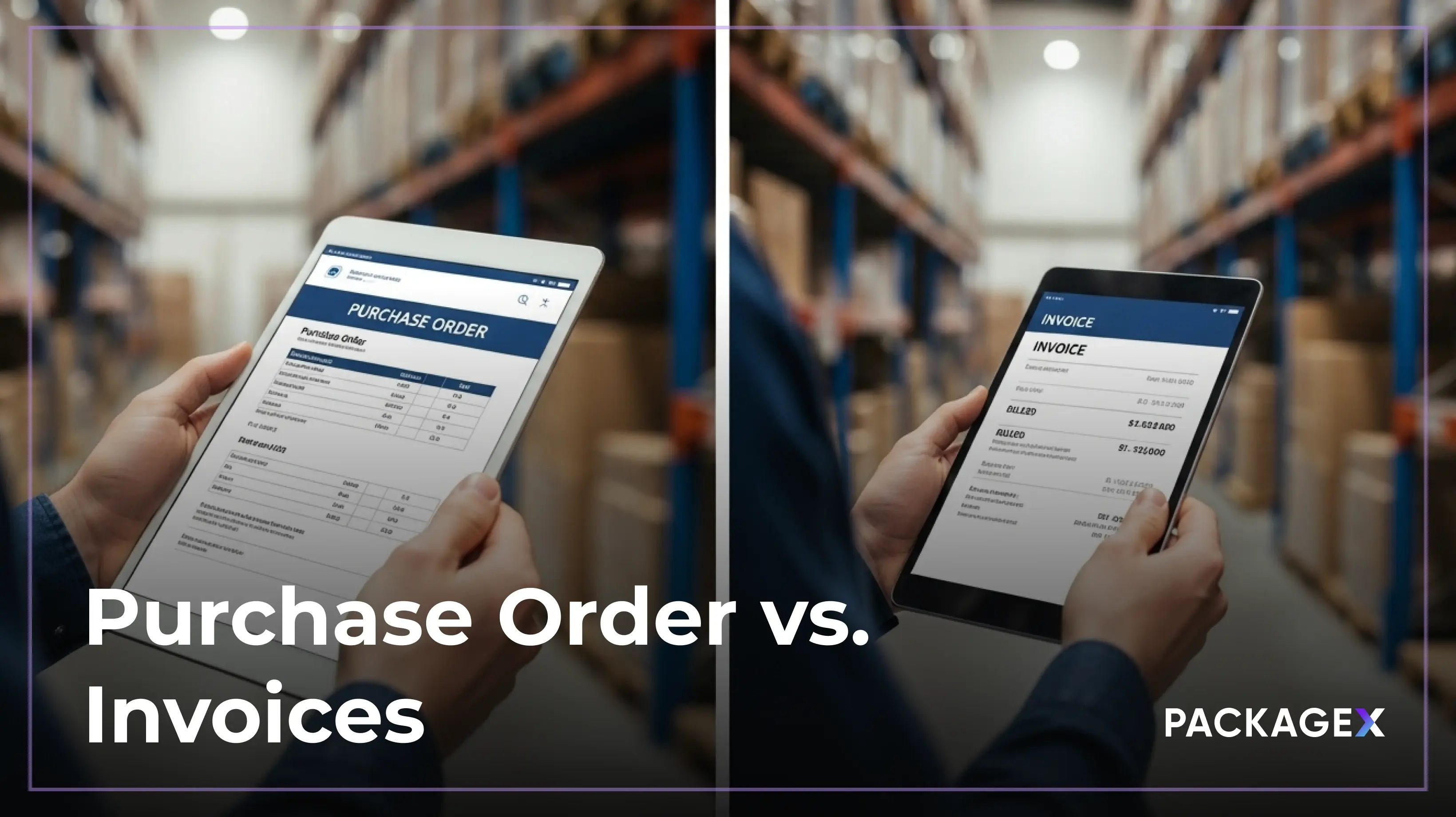
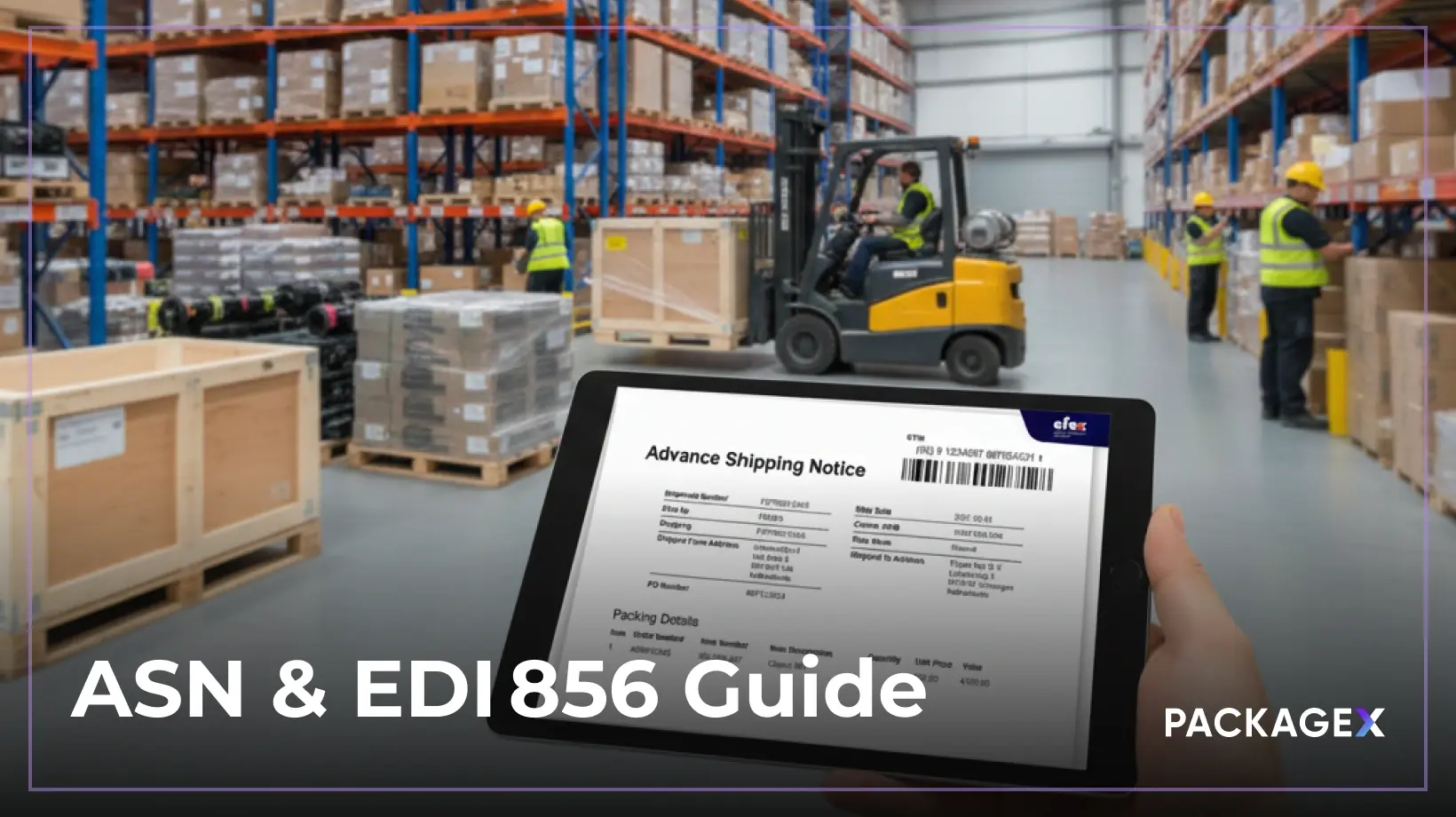
.webp)


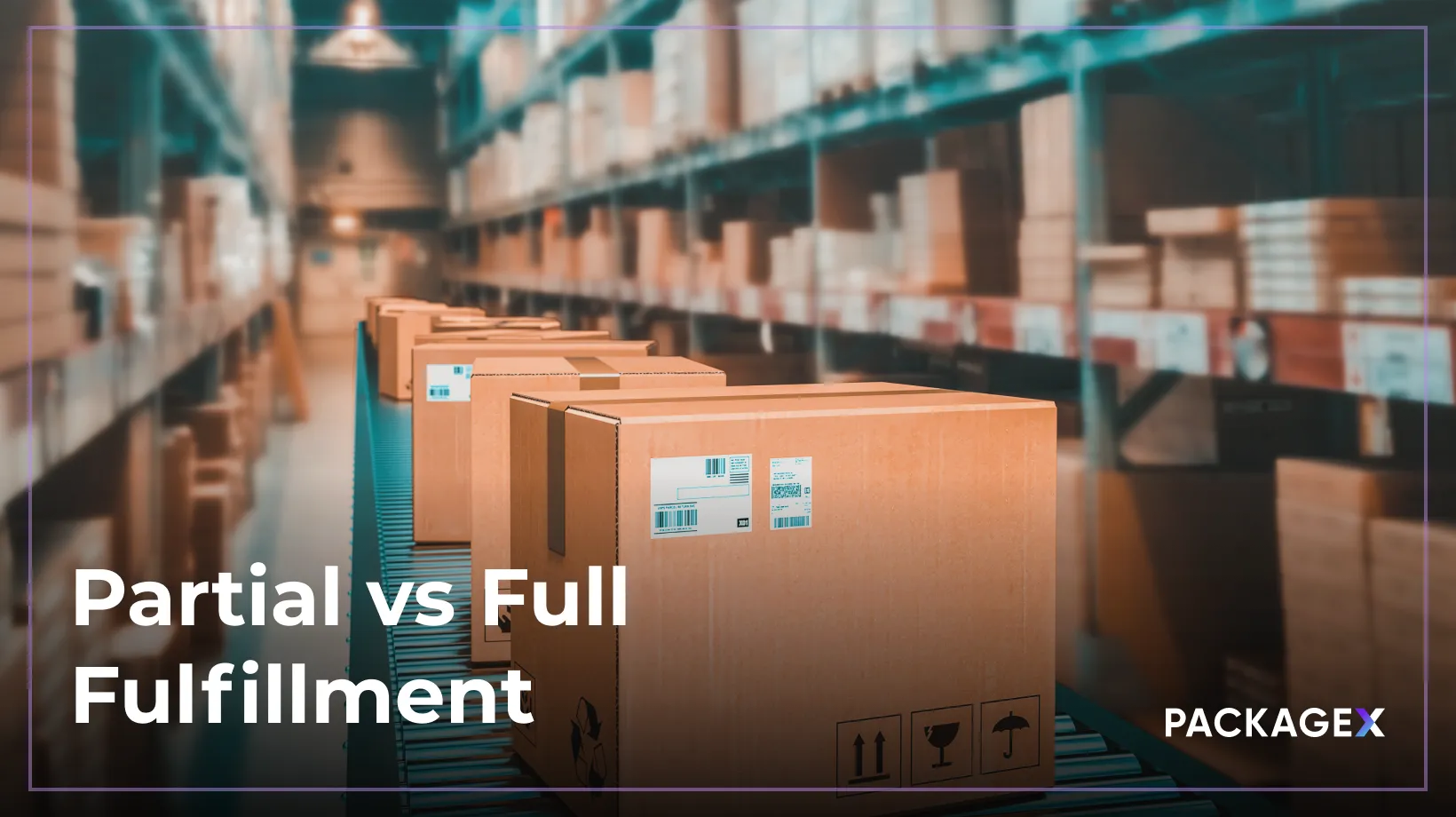
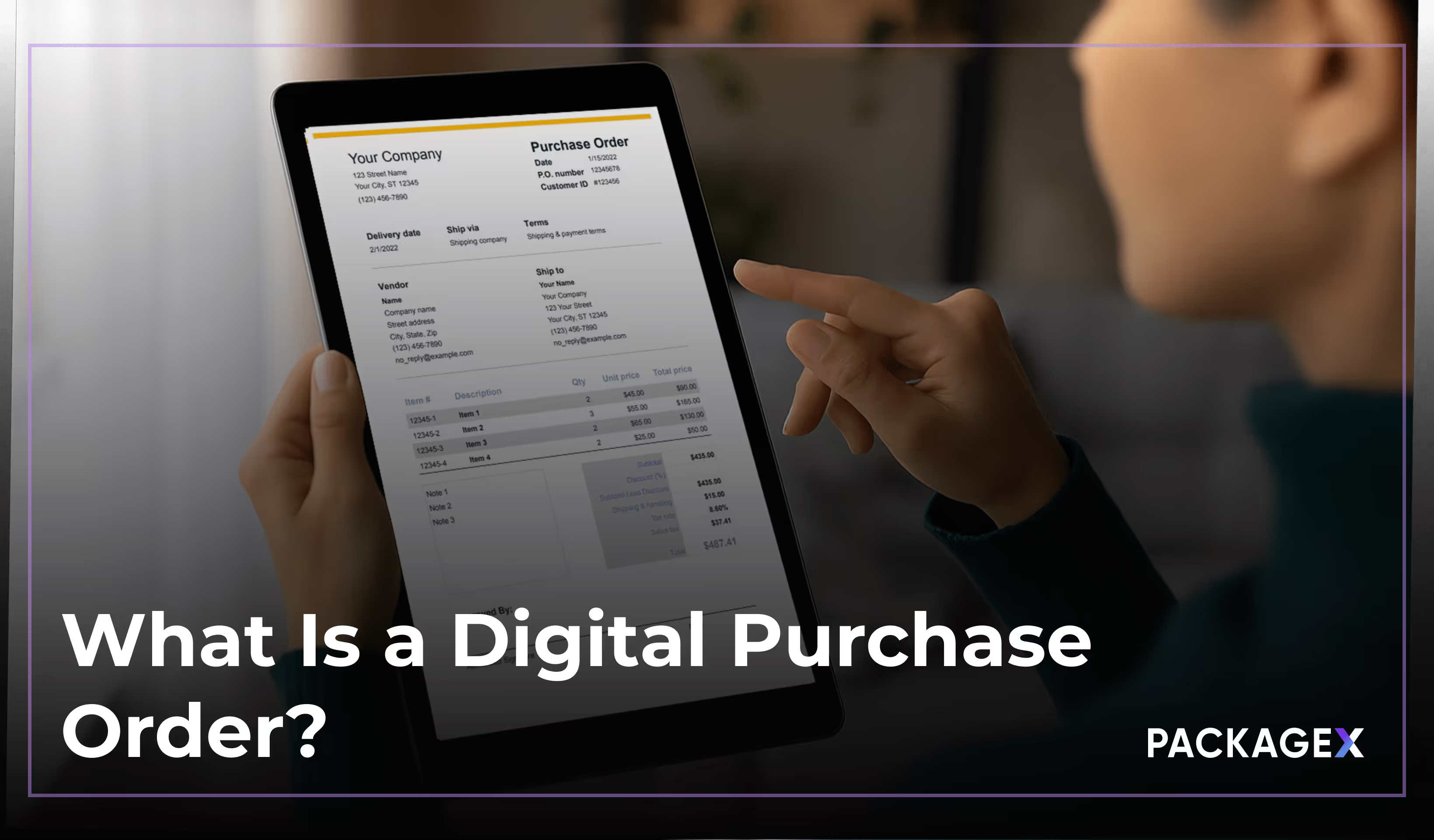


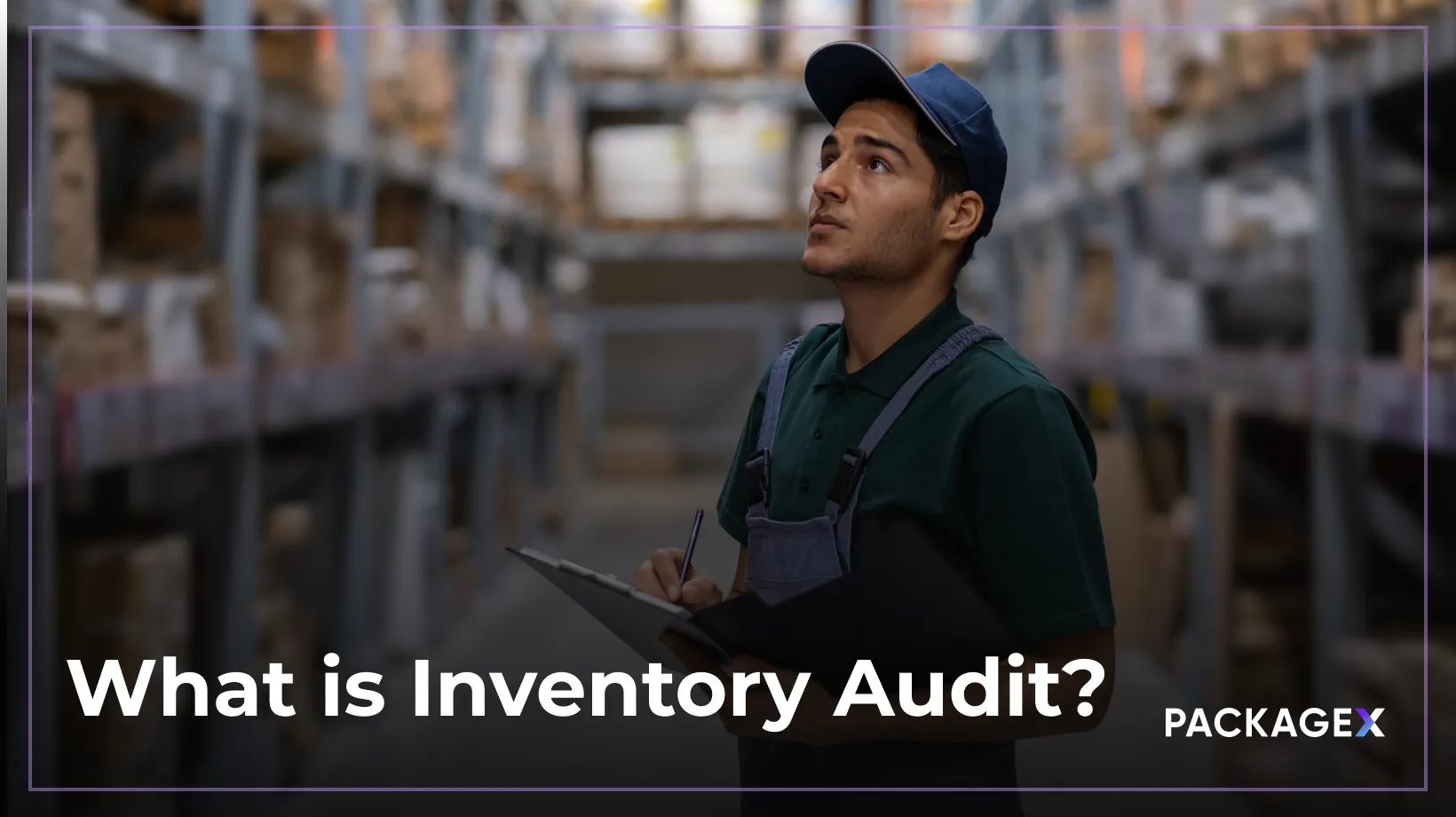


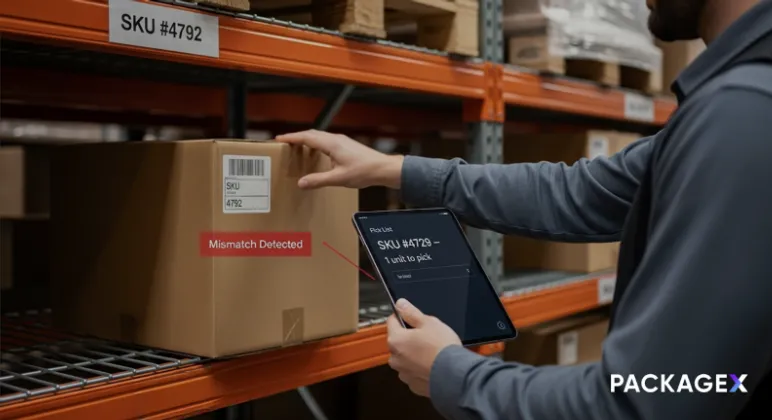
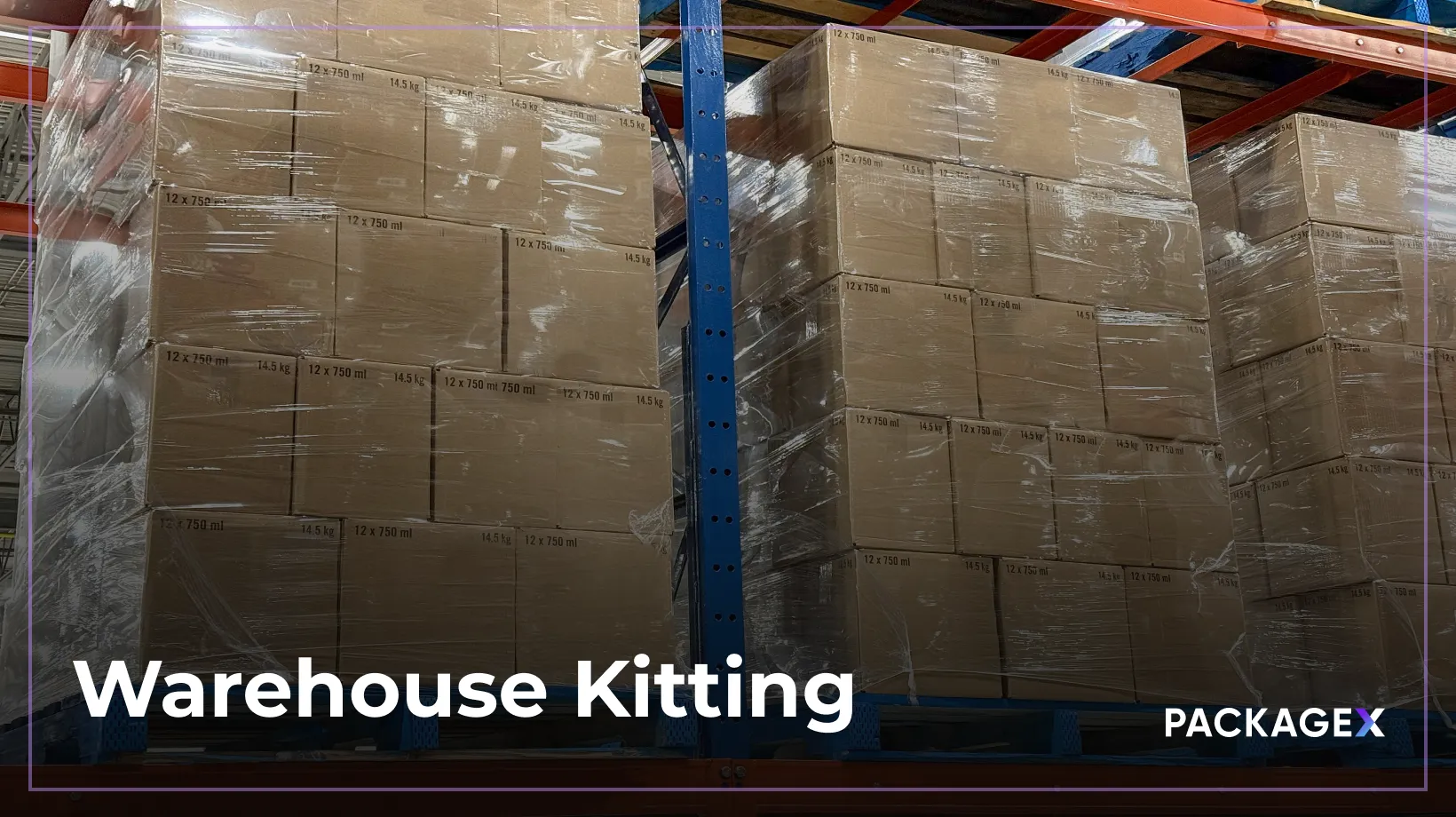

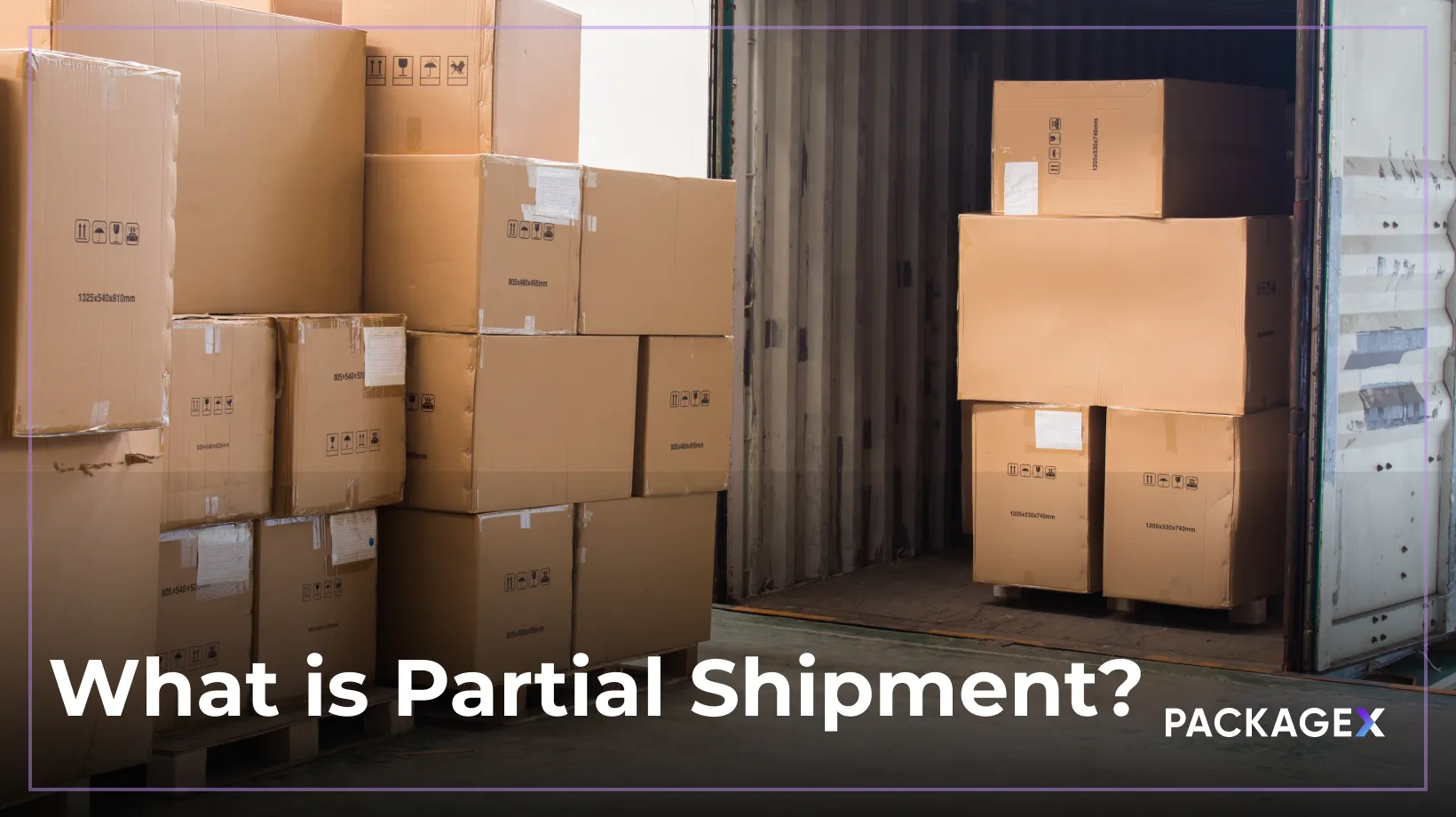
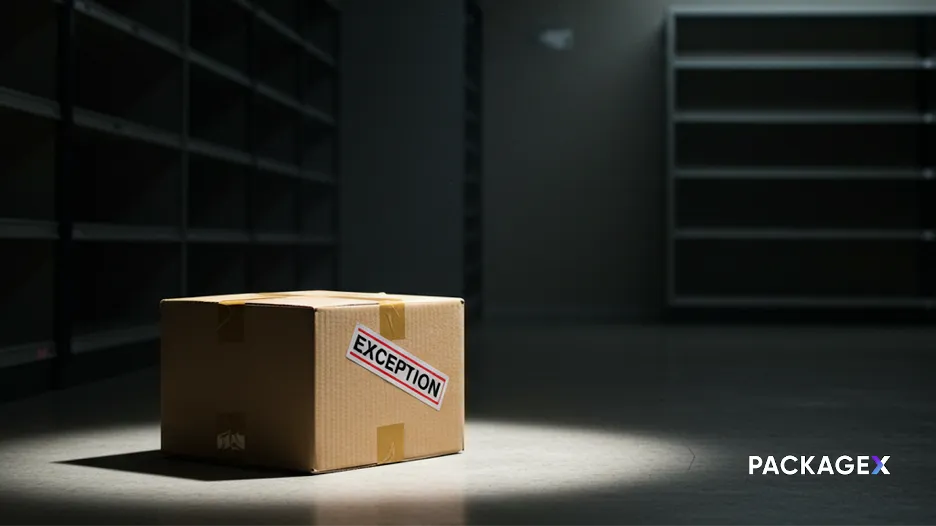


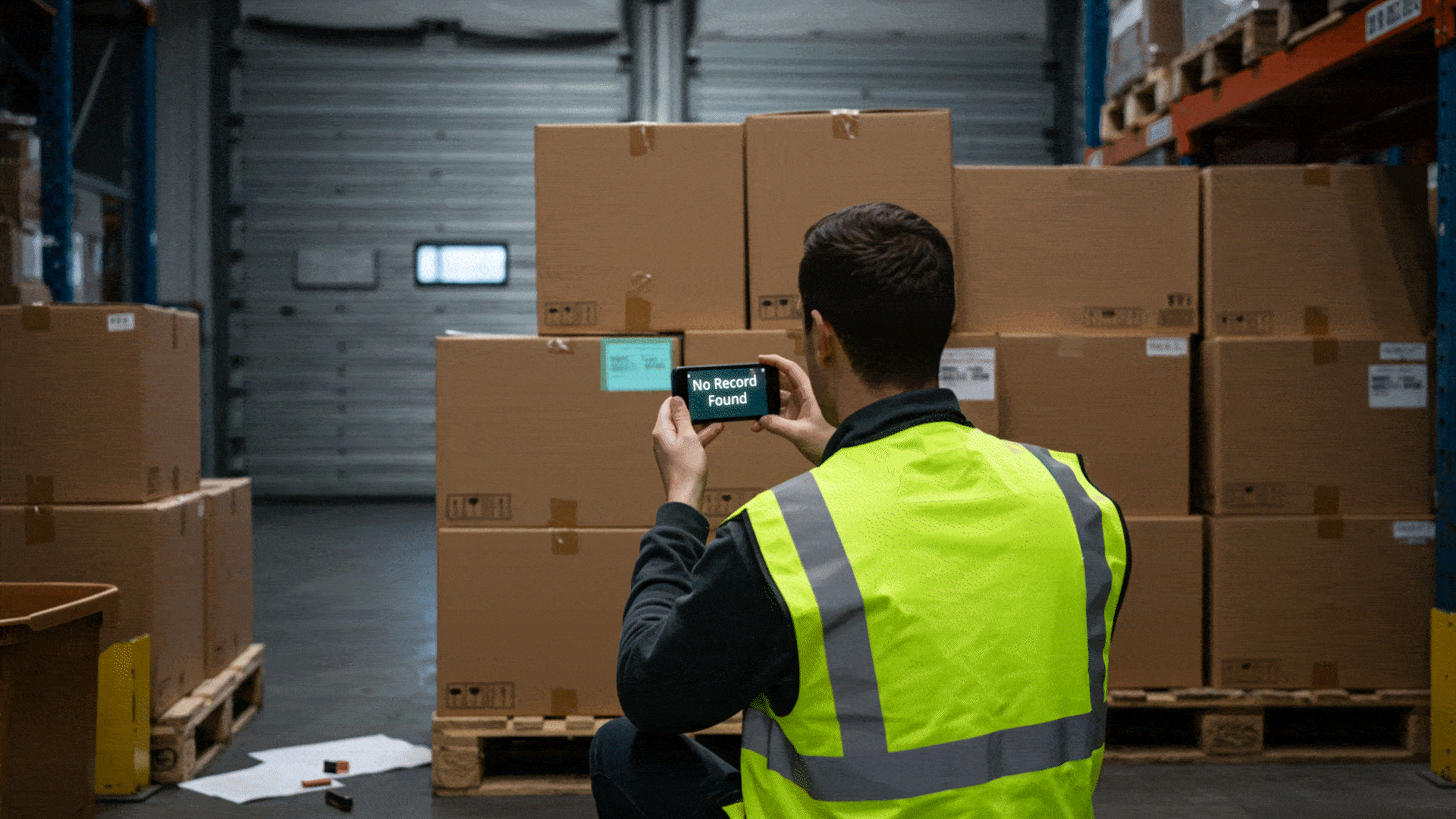
_-option%202.avif)
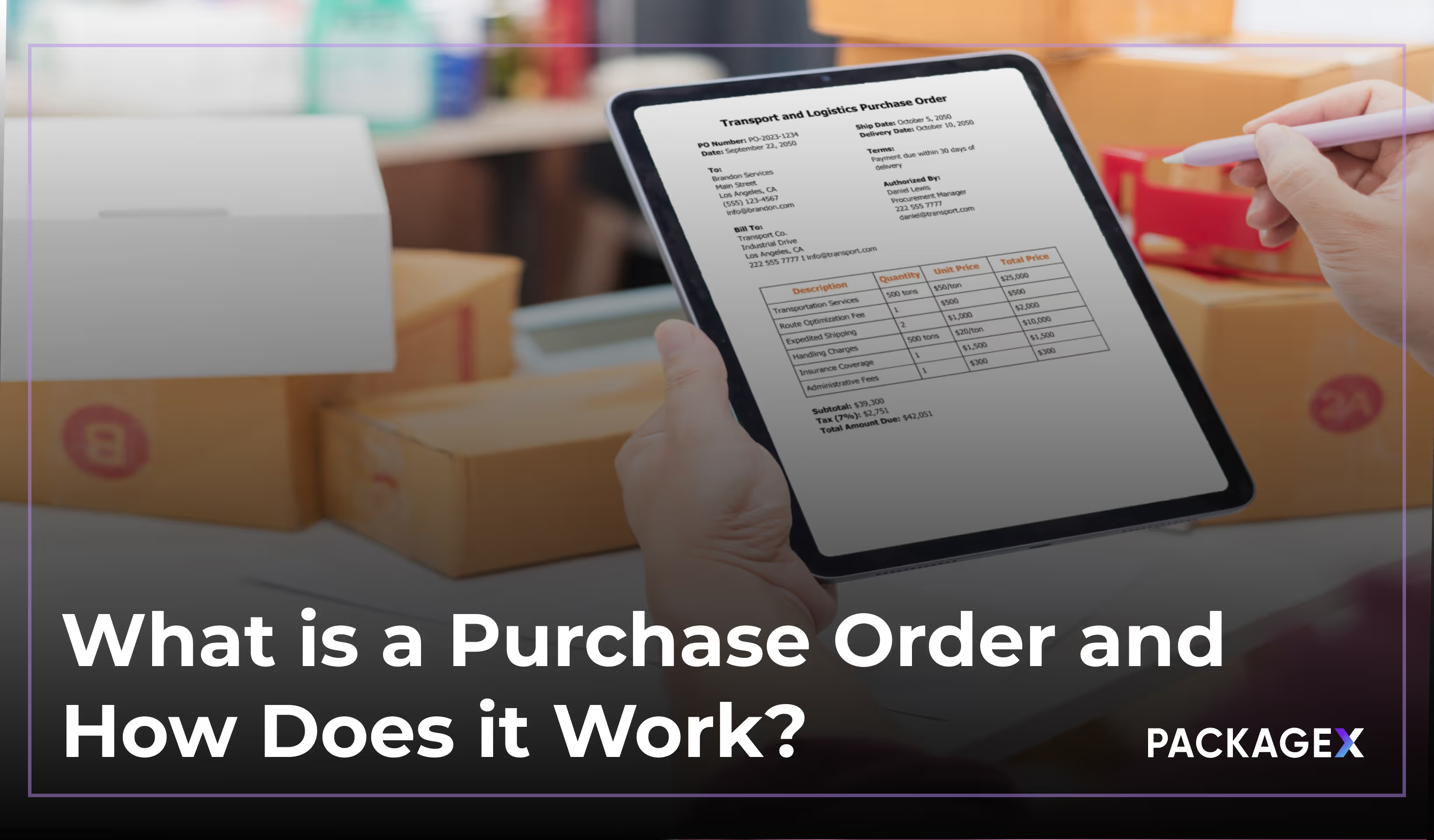

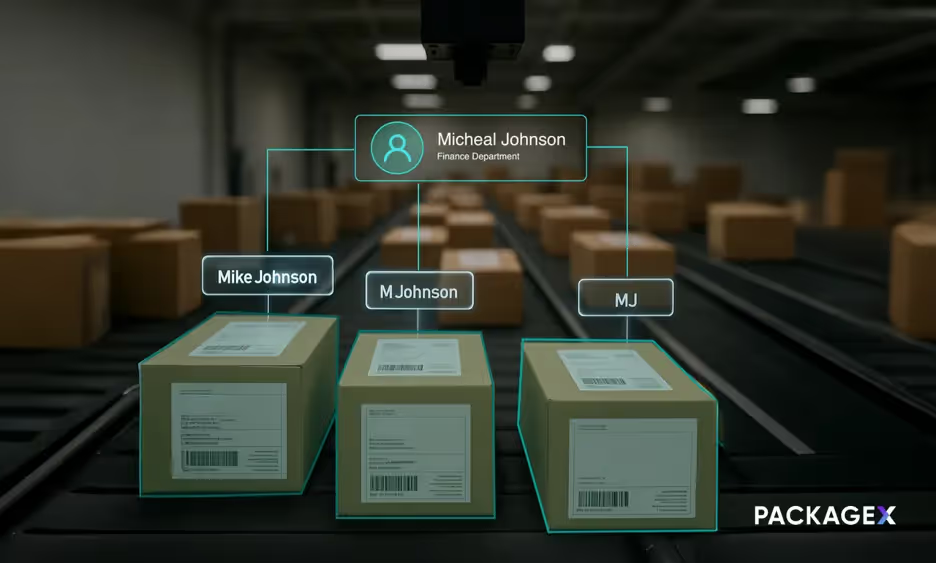
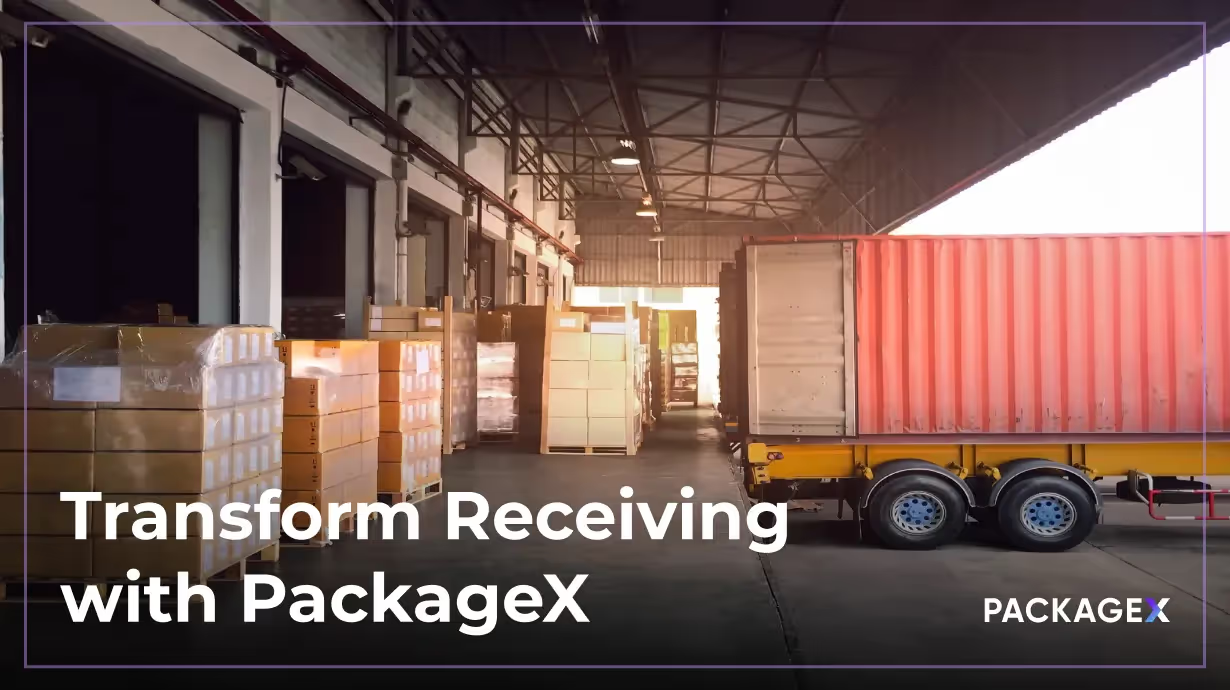


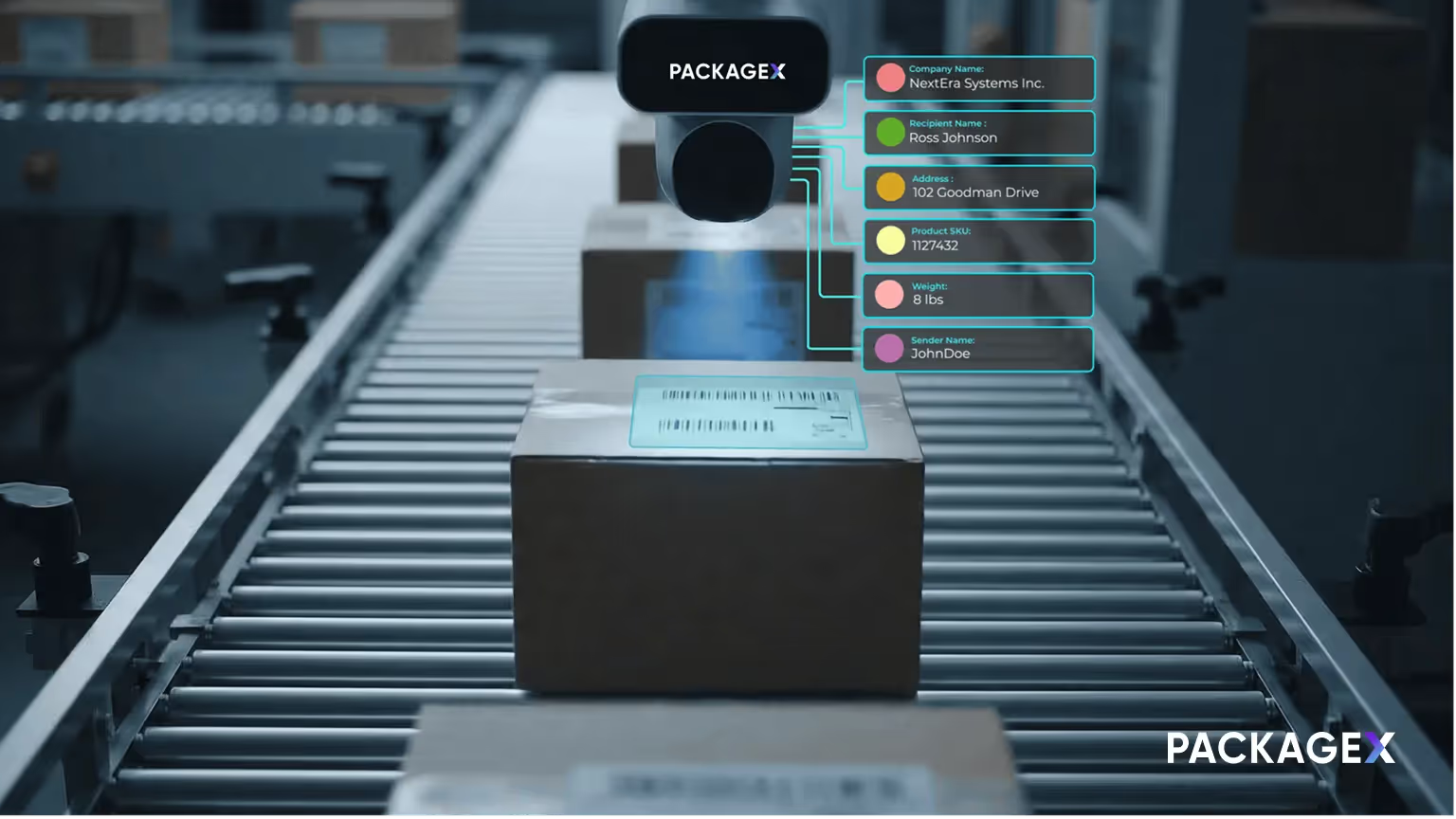





.avif)



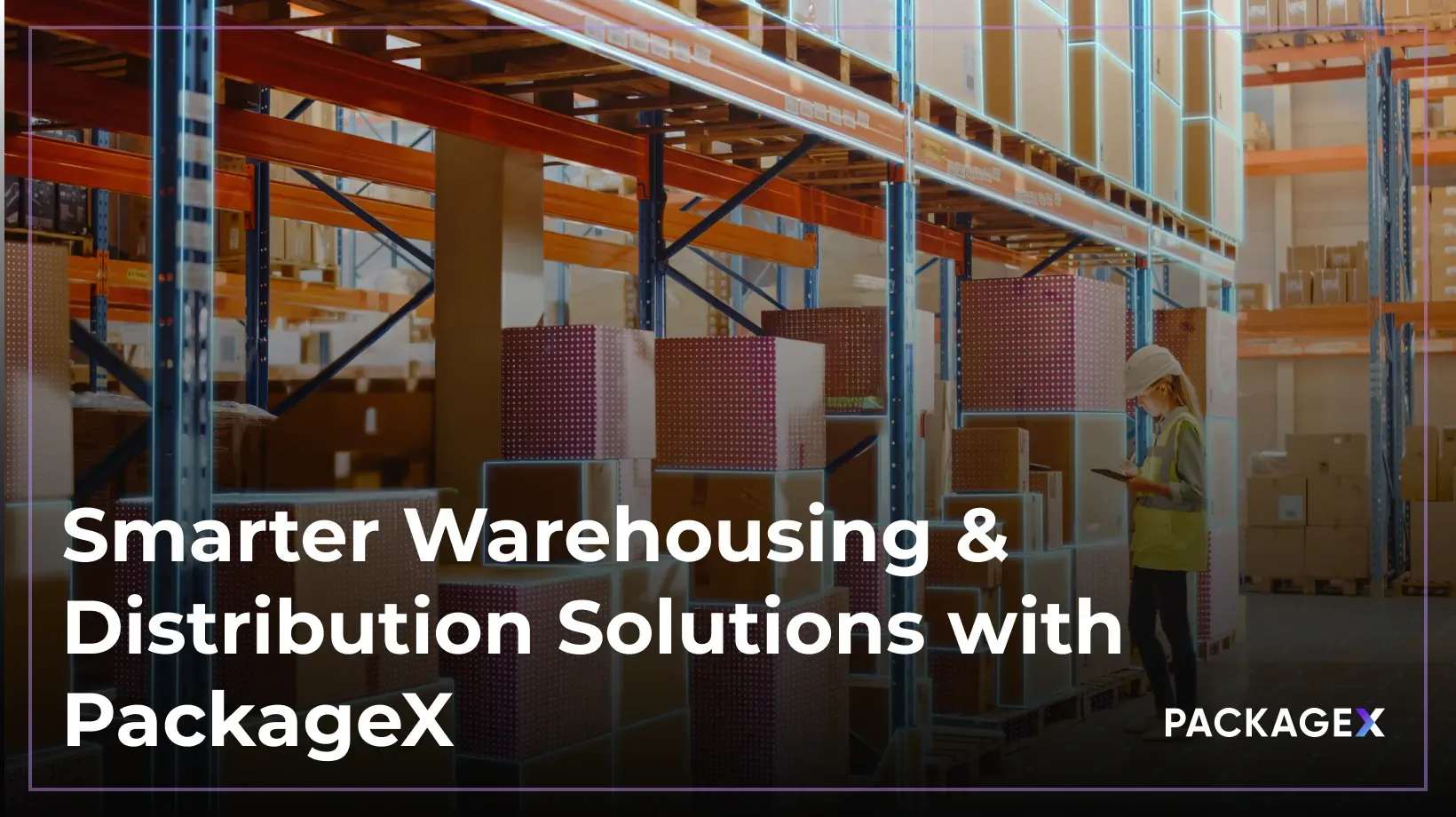
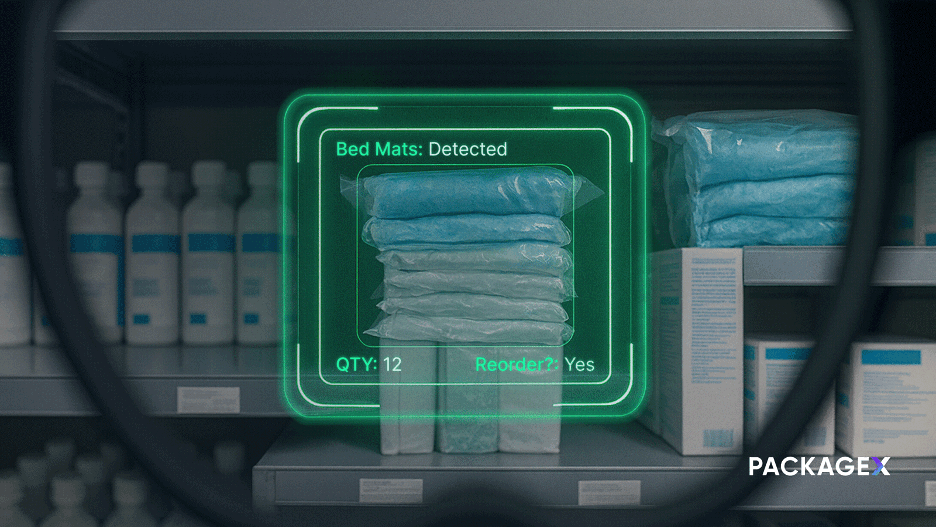

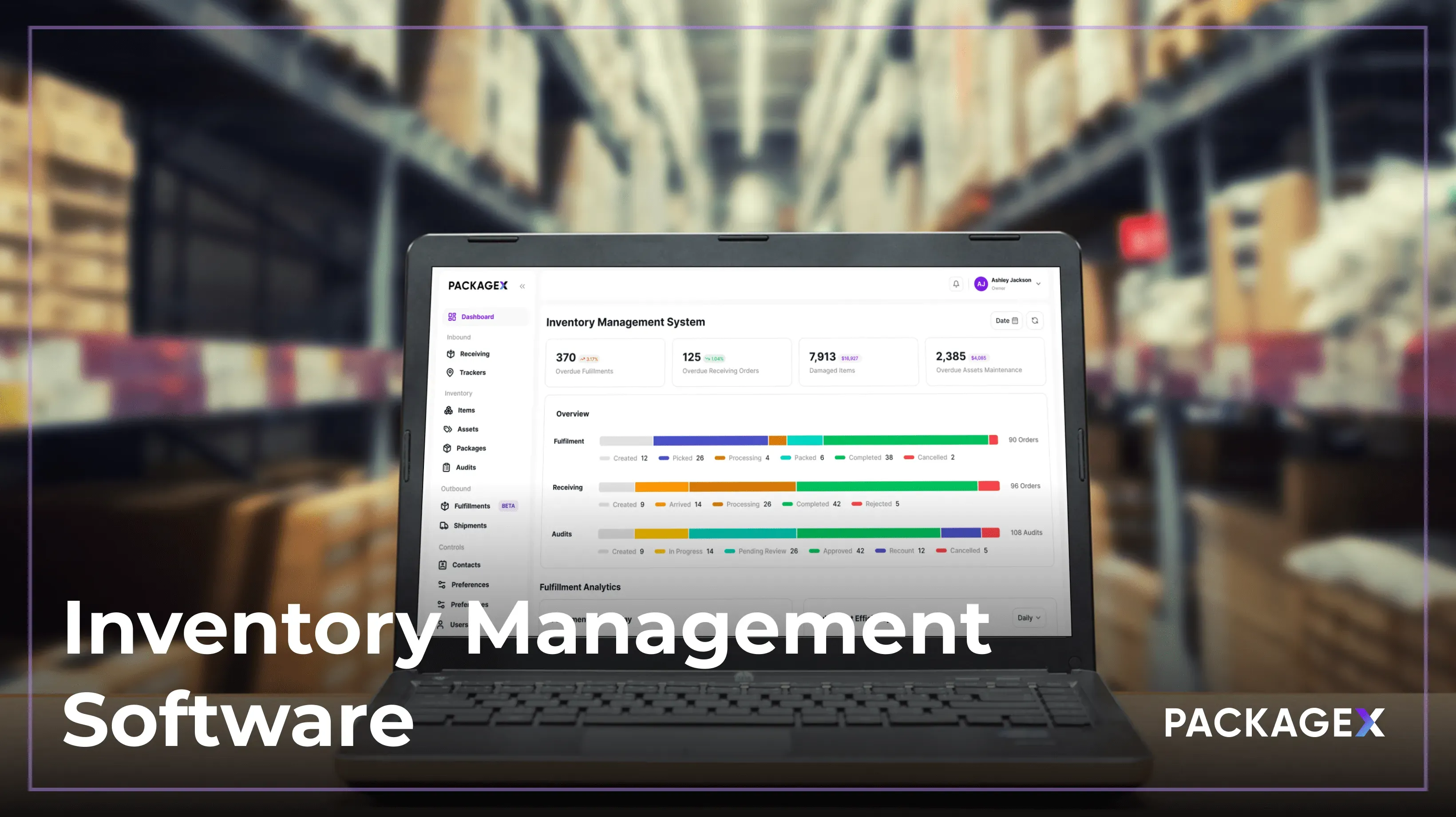


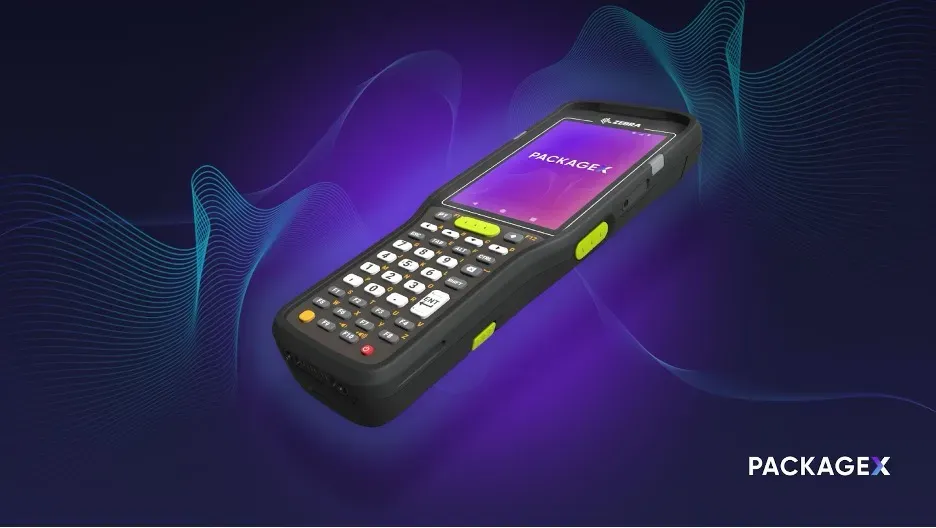




-min.avif)








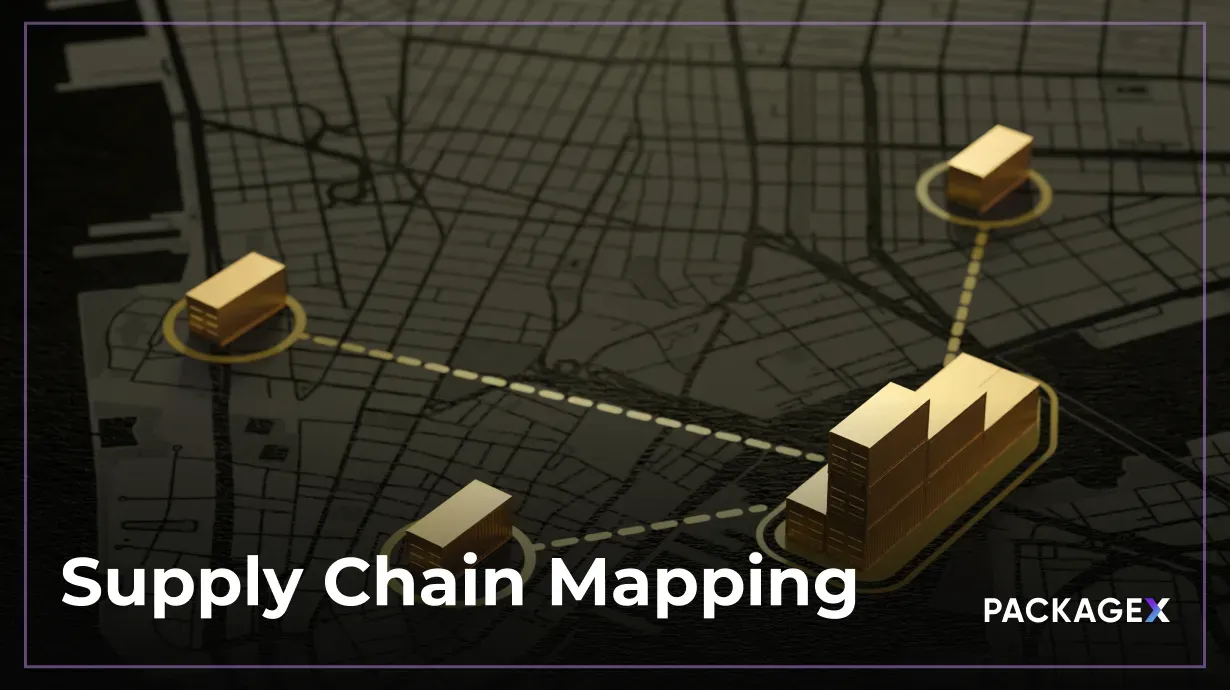

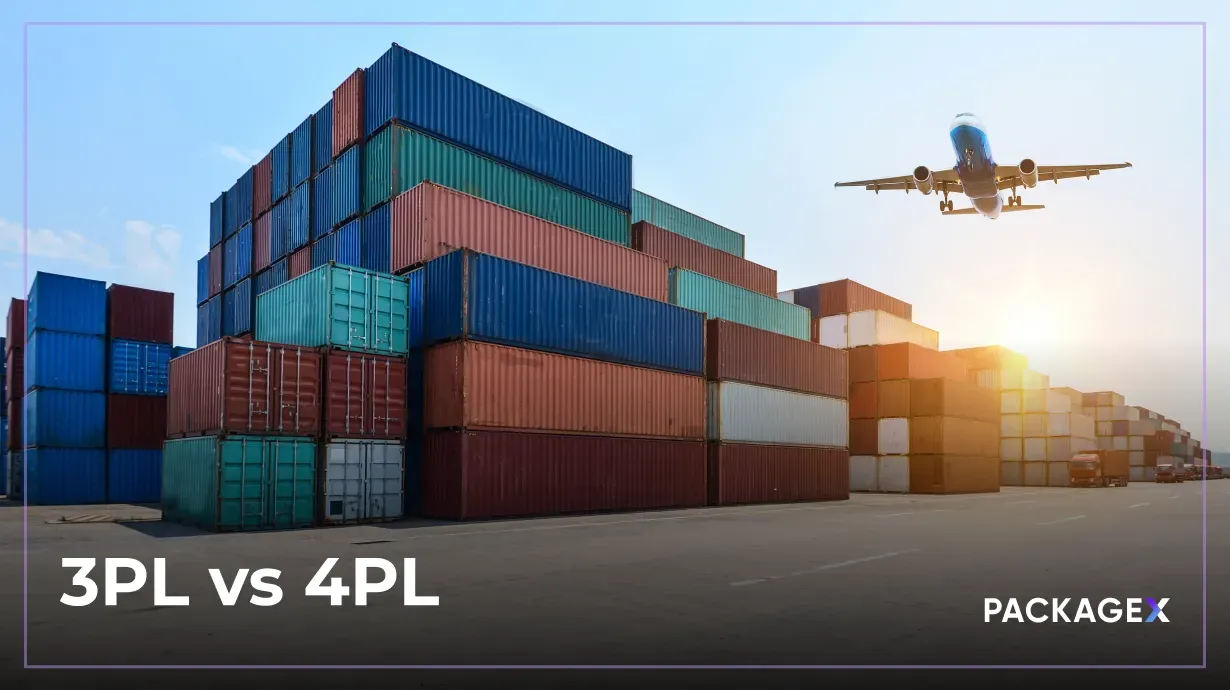


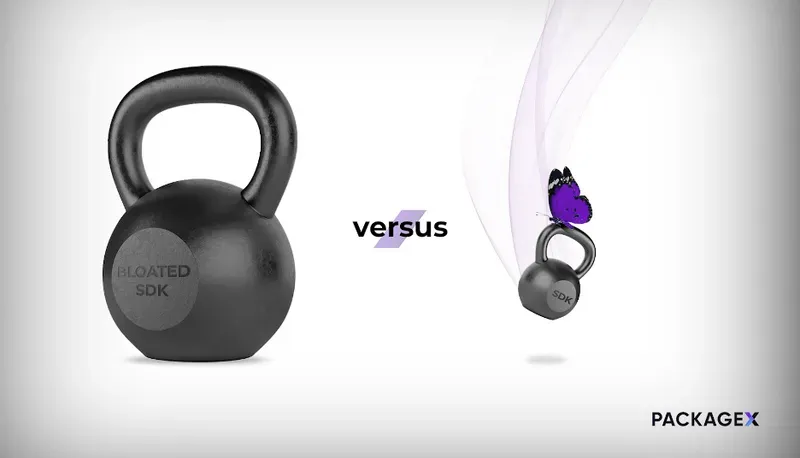
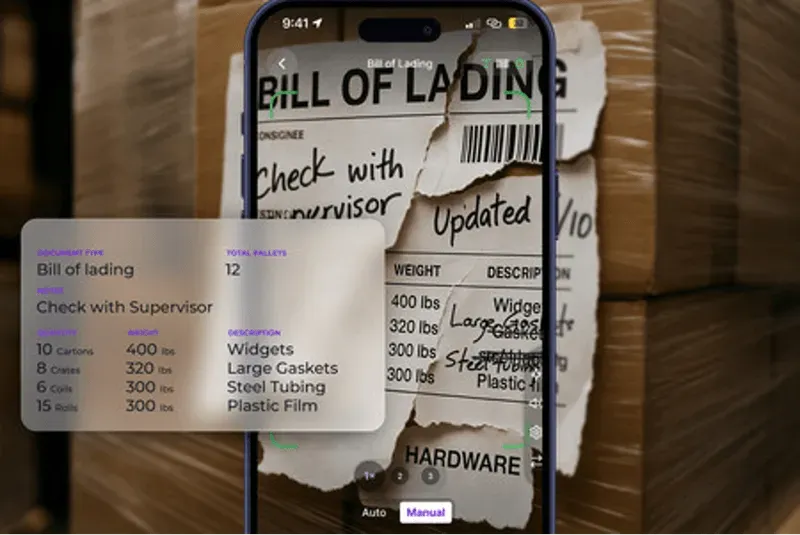


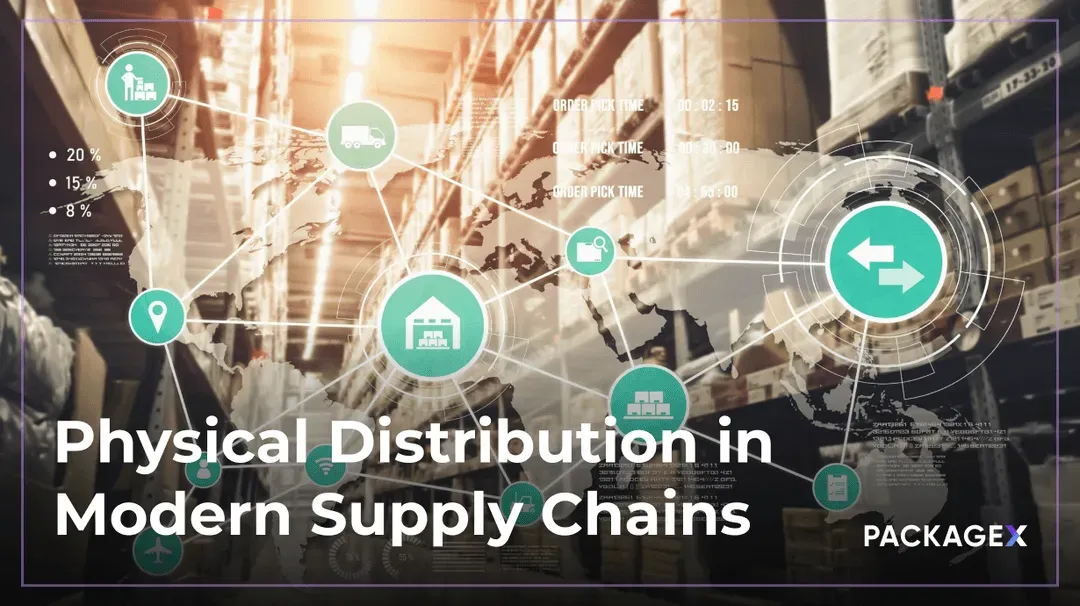






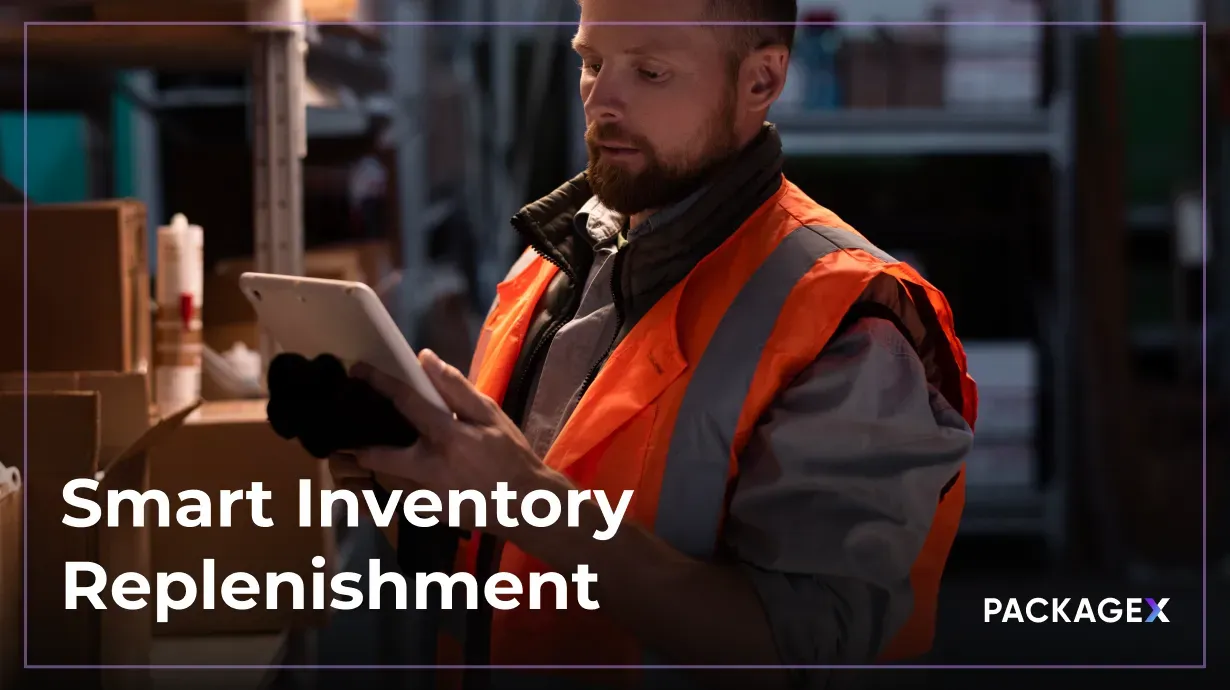


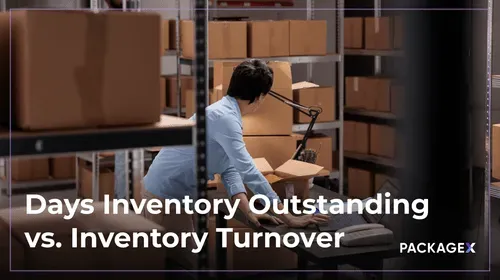

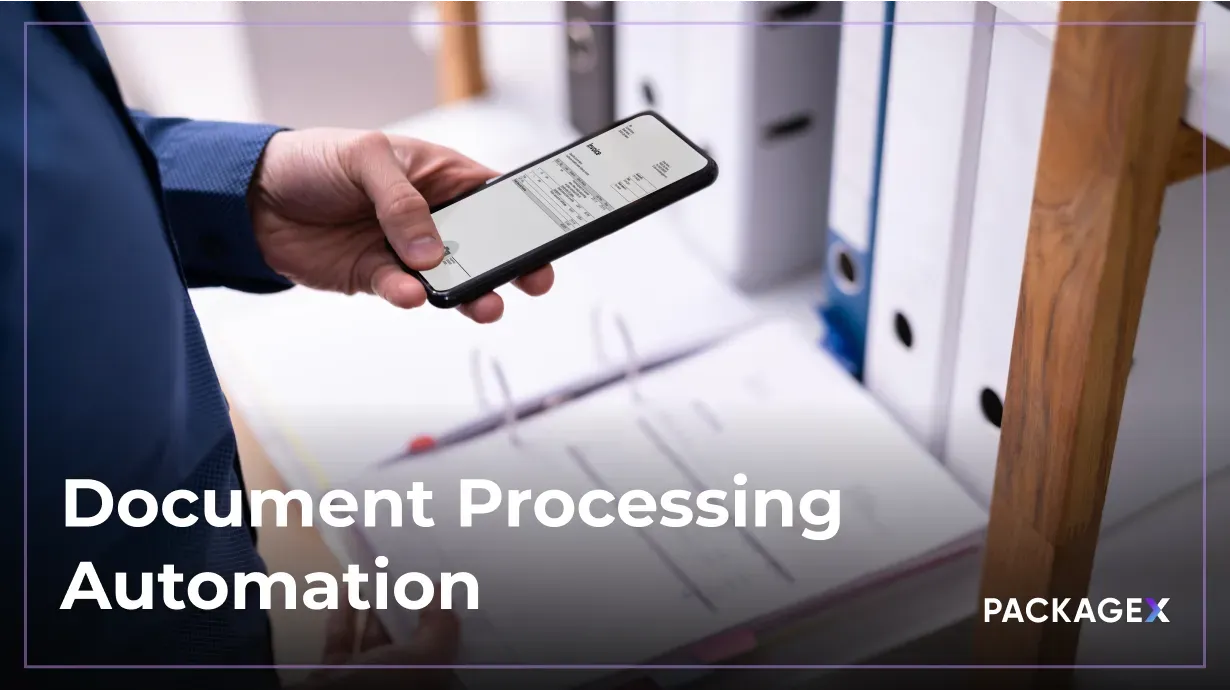






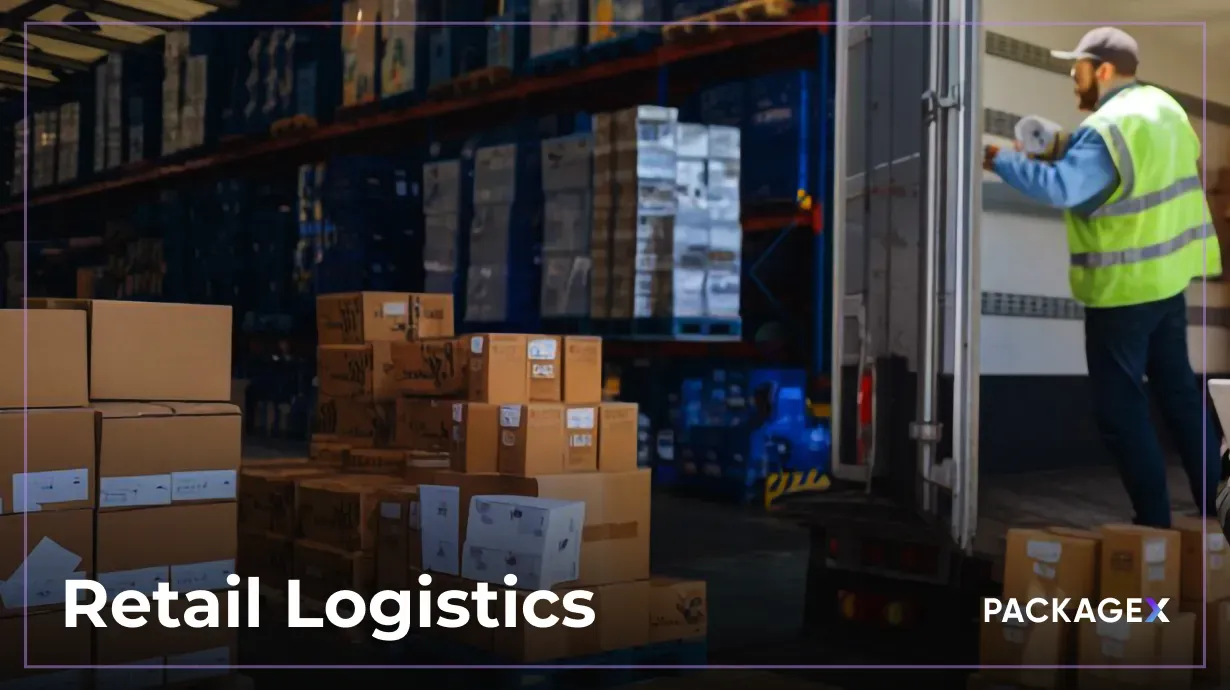


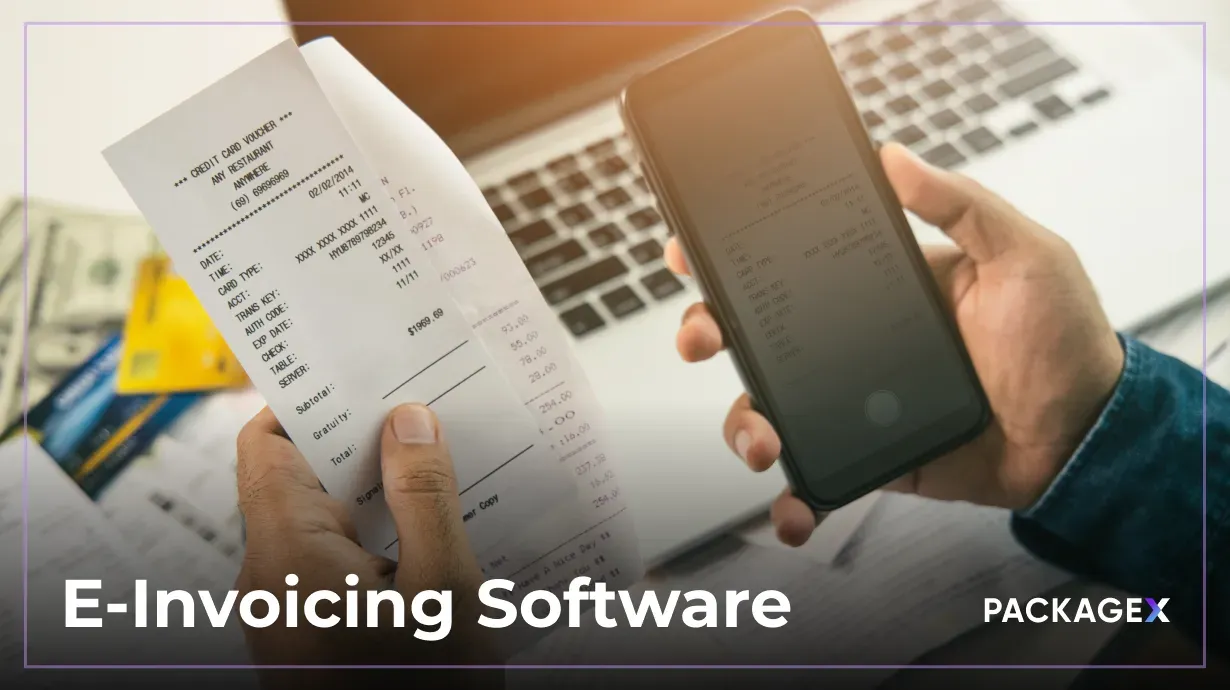
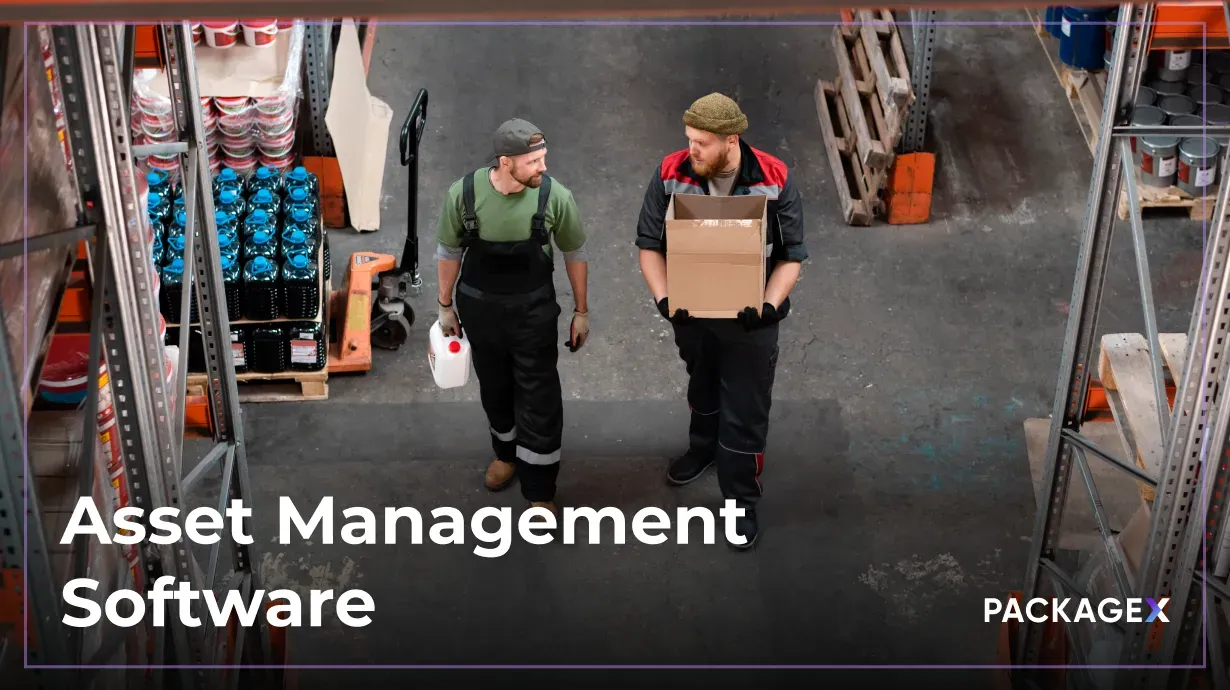



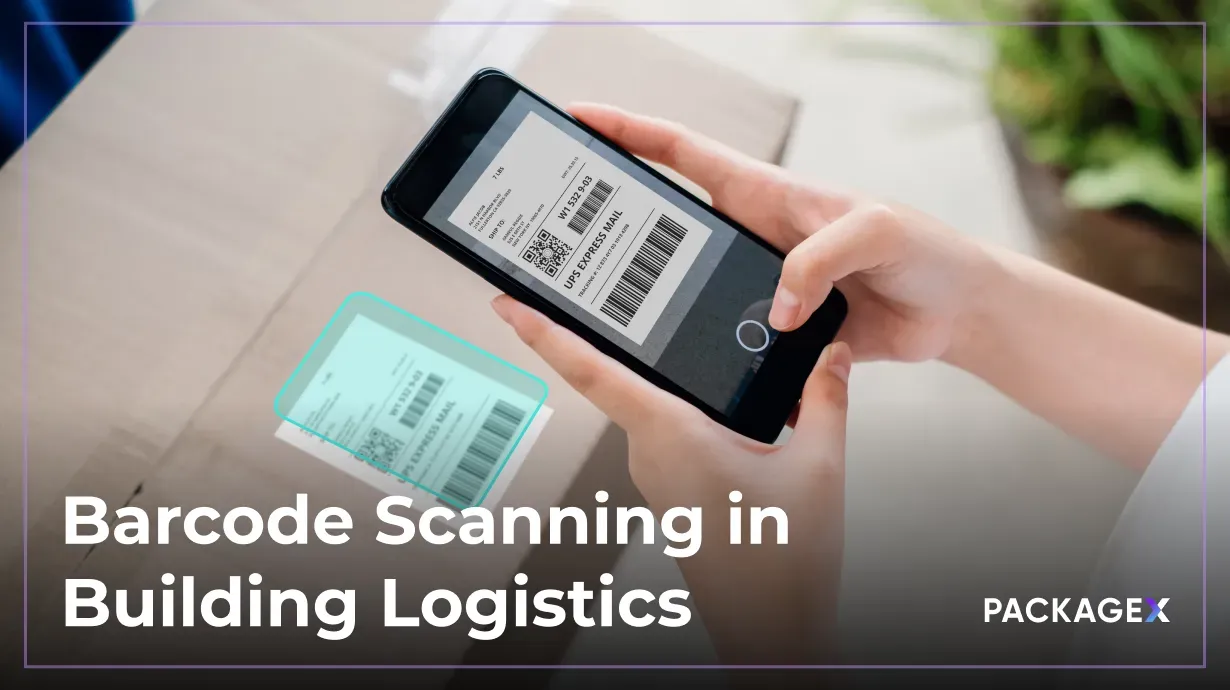

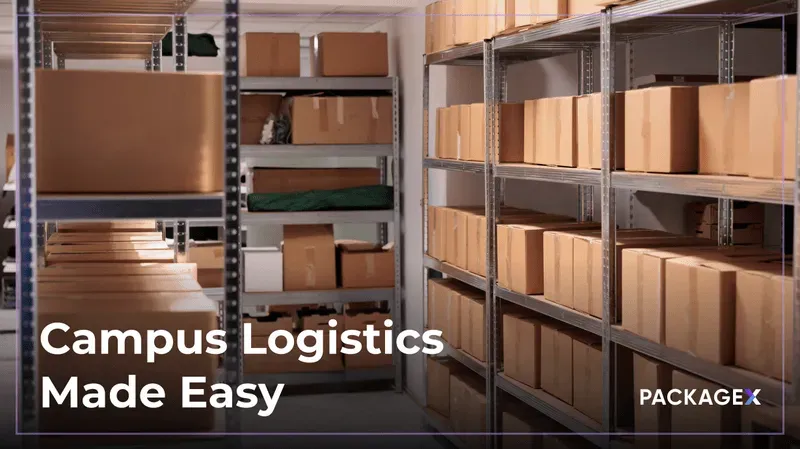

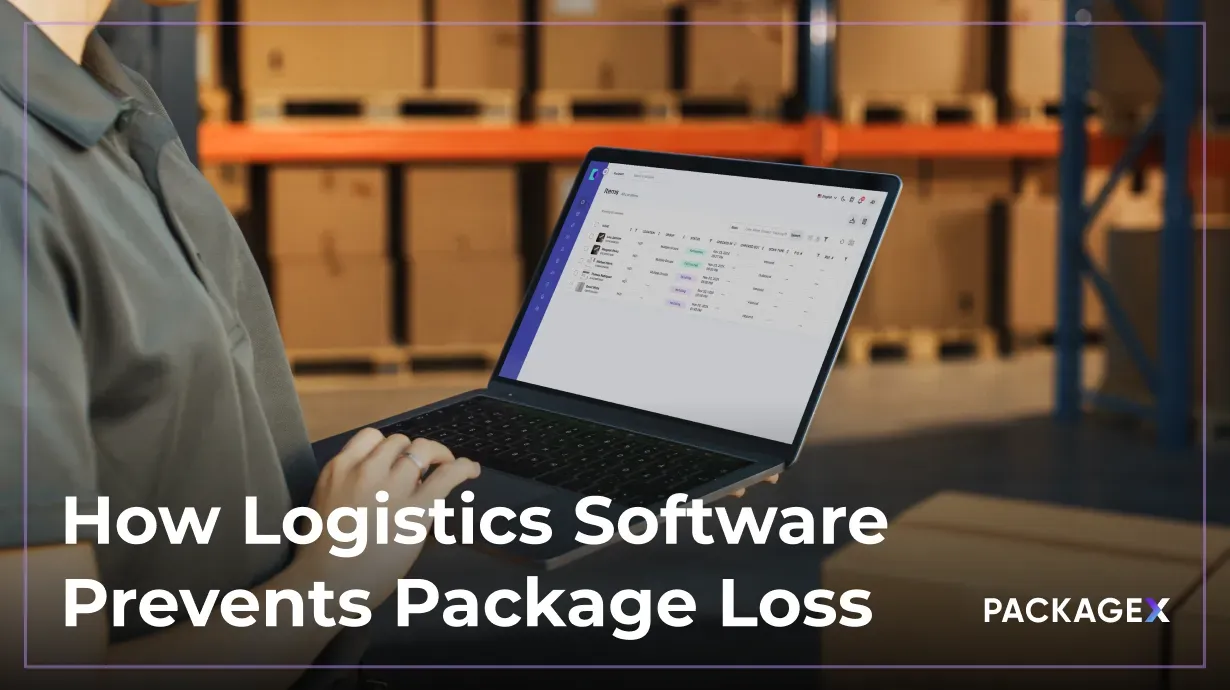
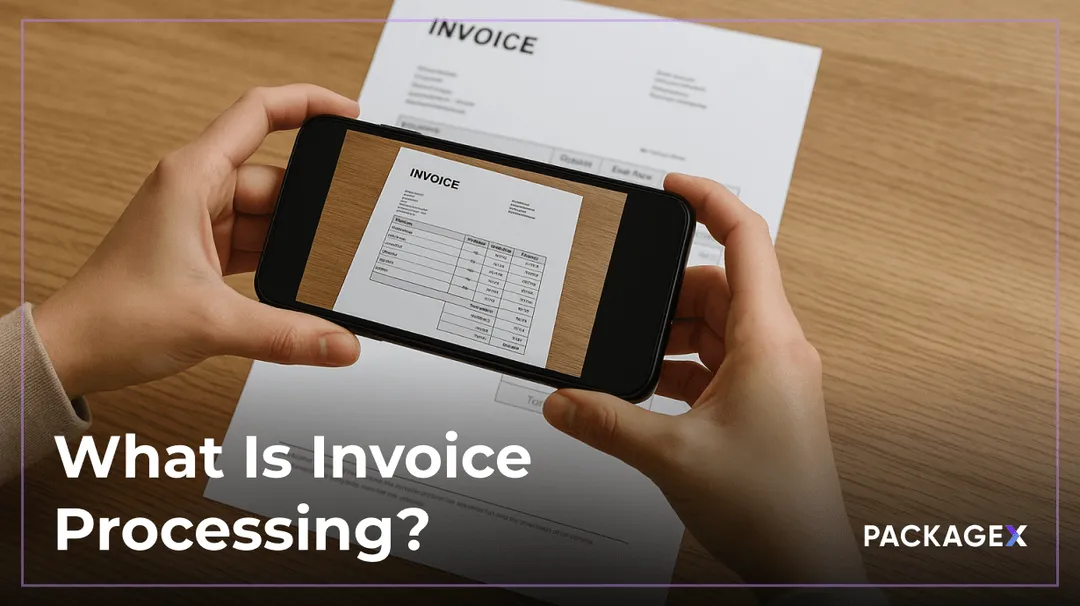

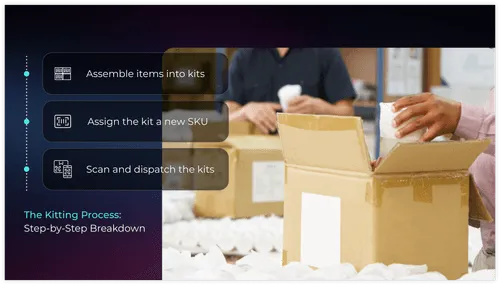
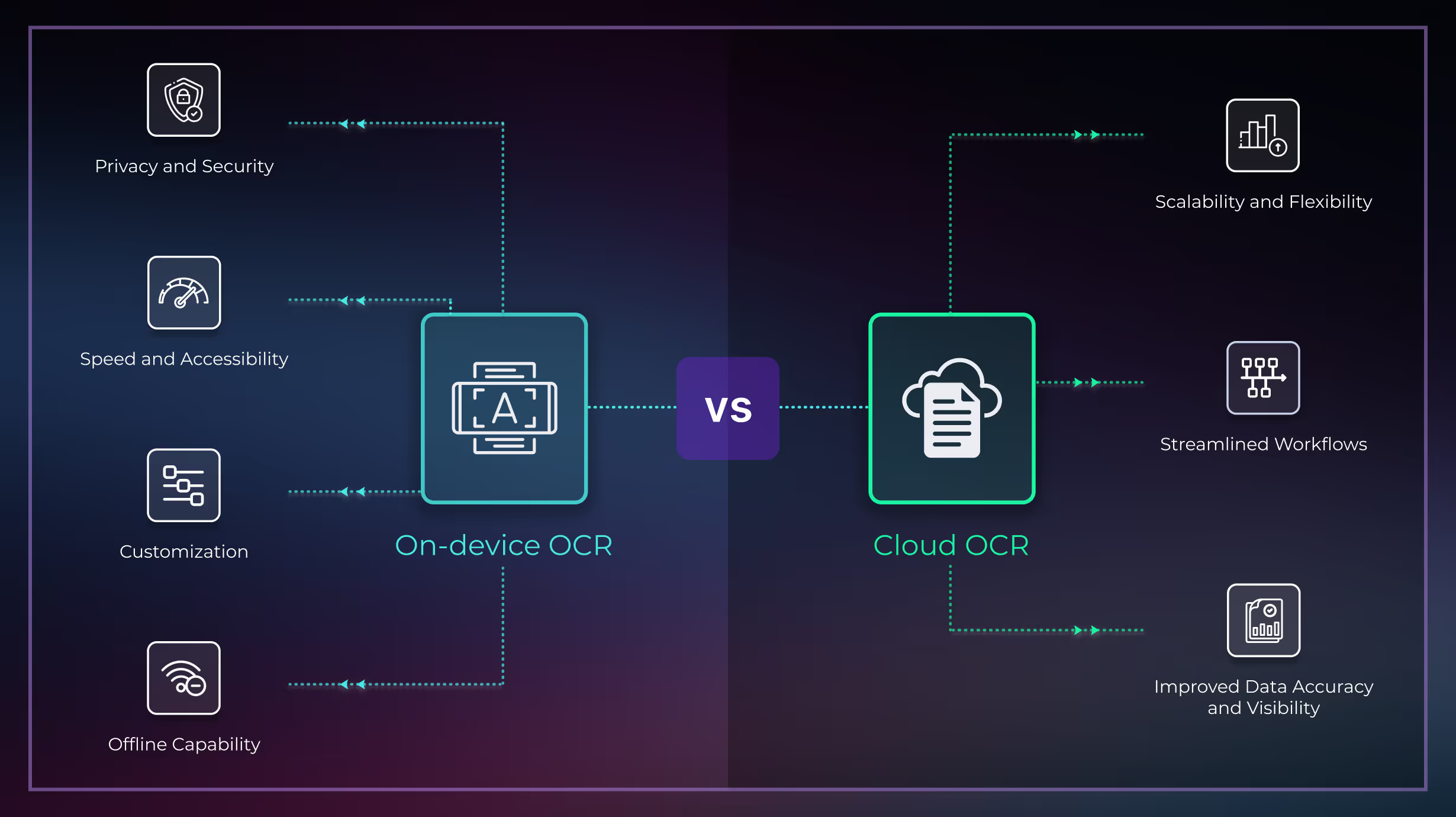
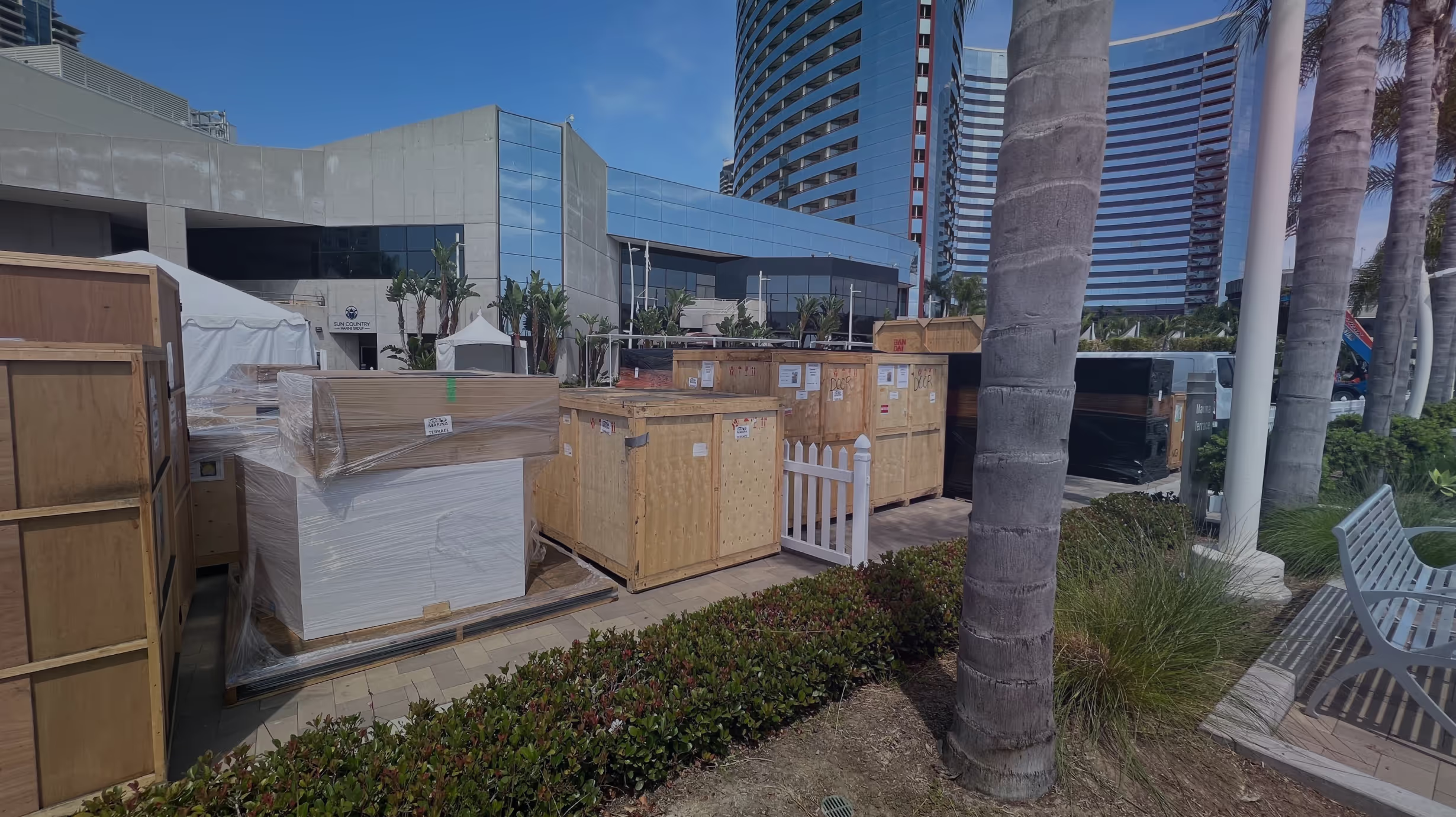
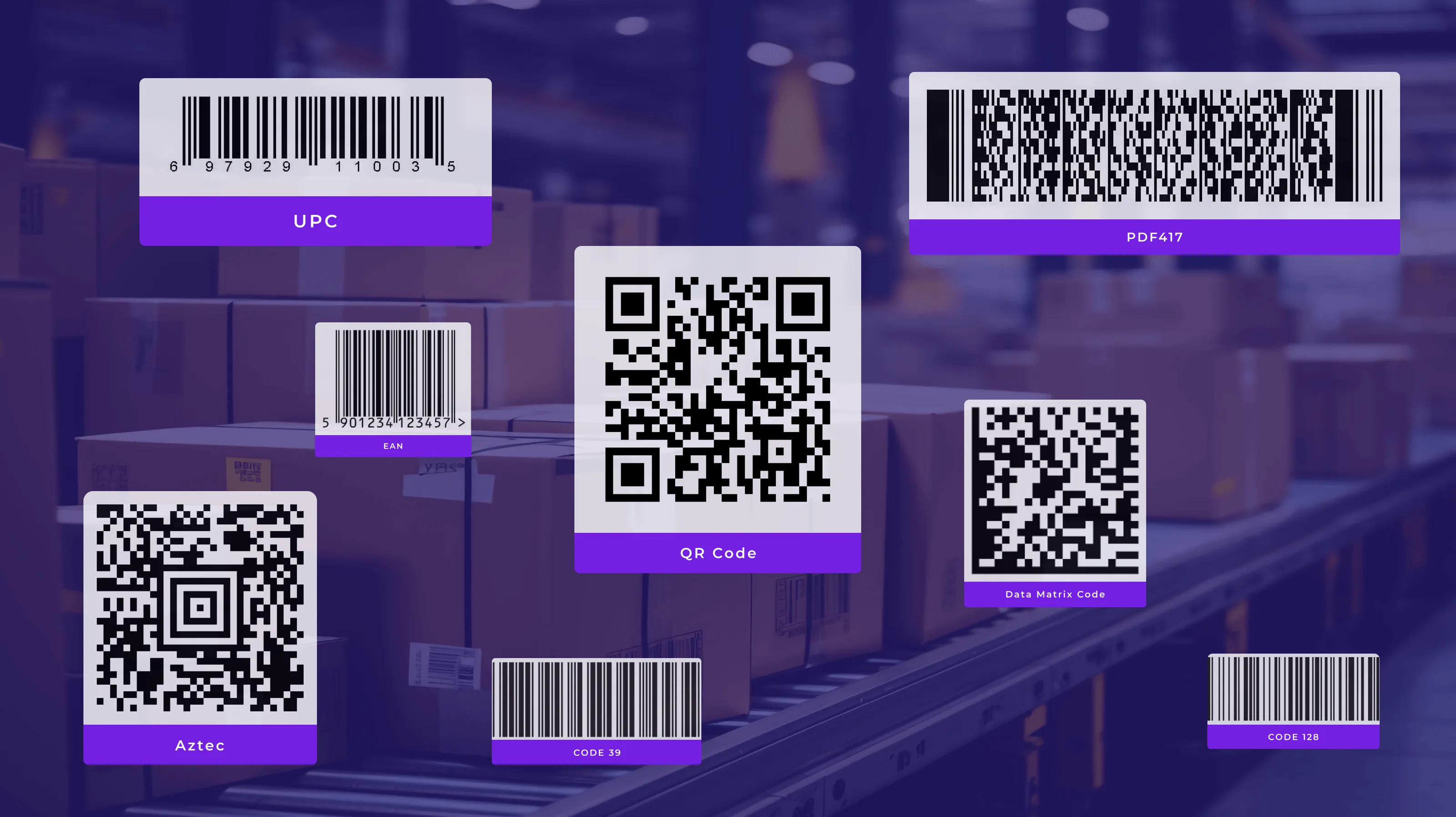



.avif)
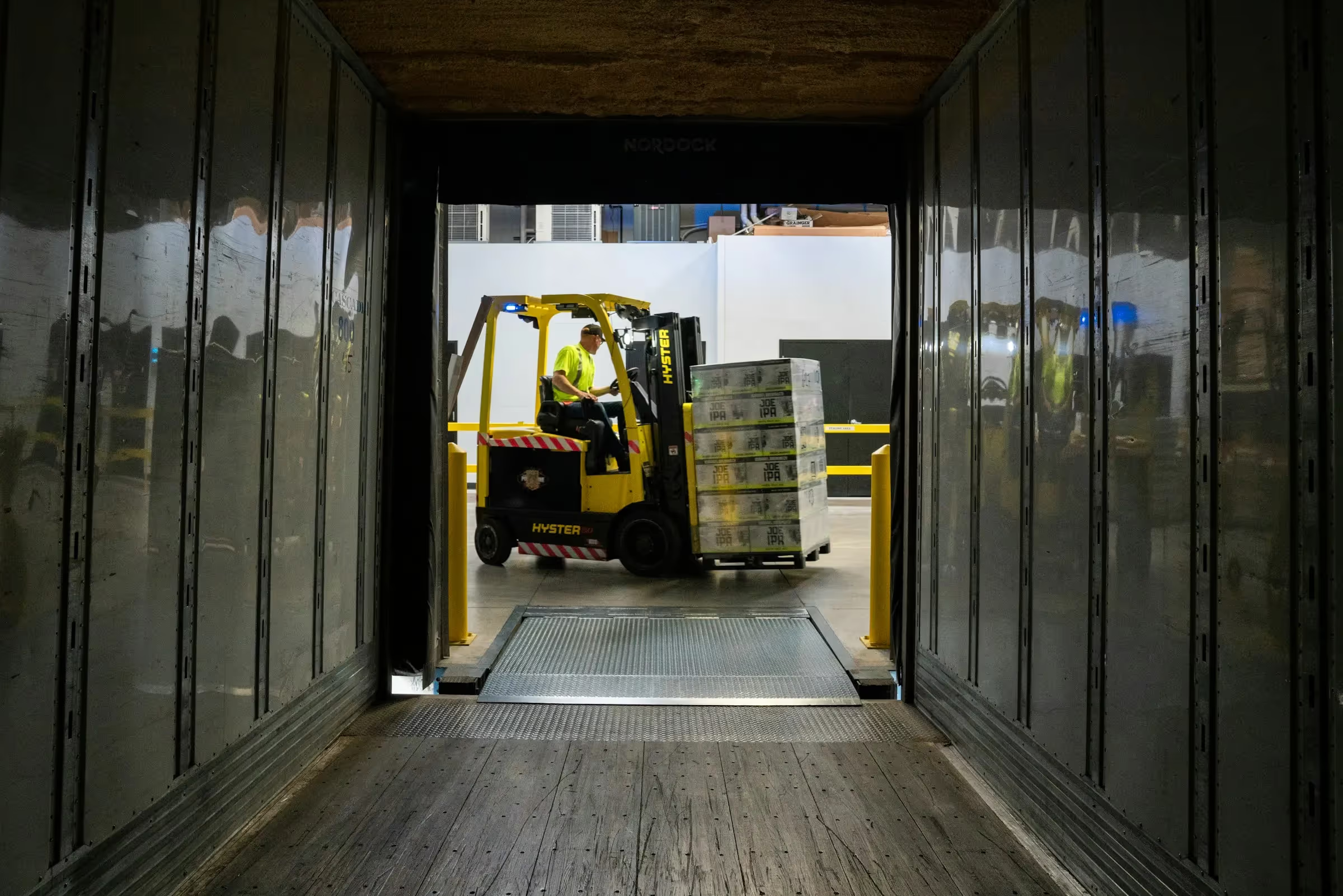

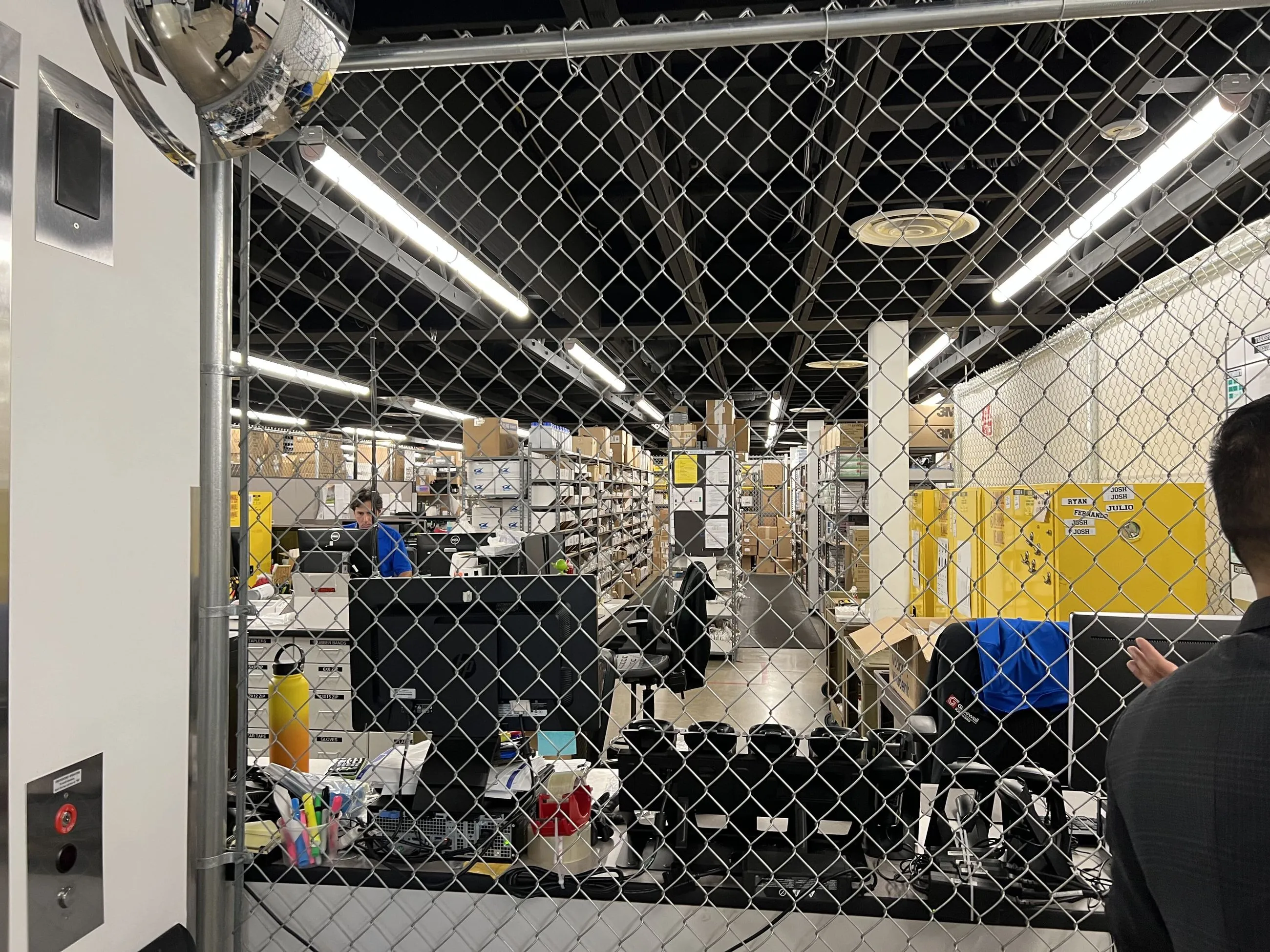


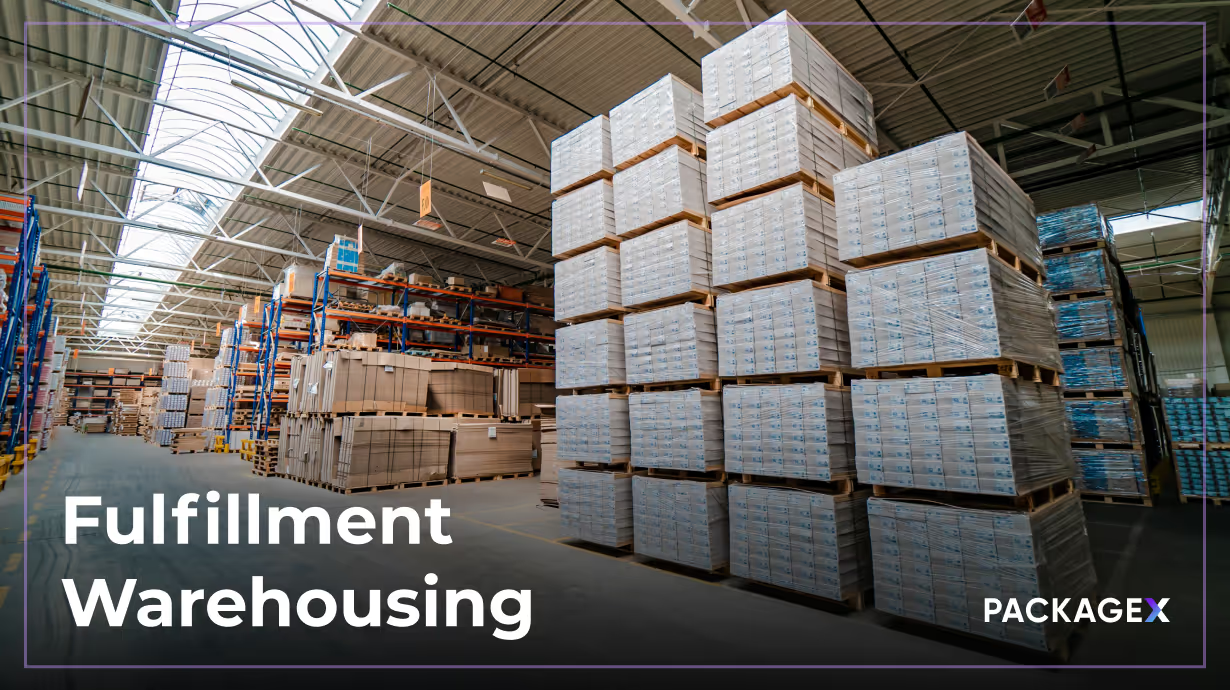
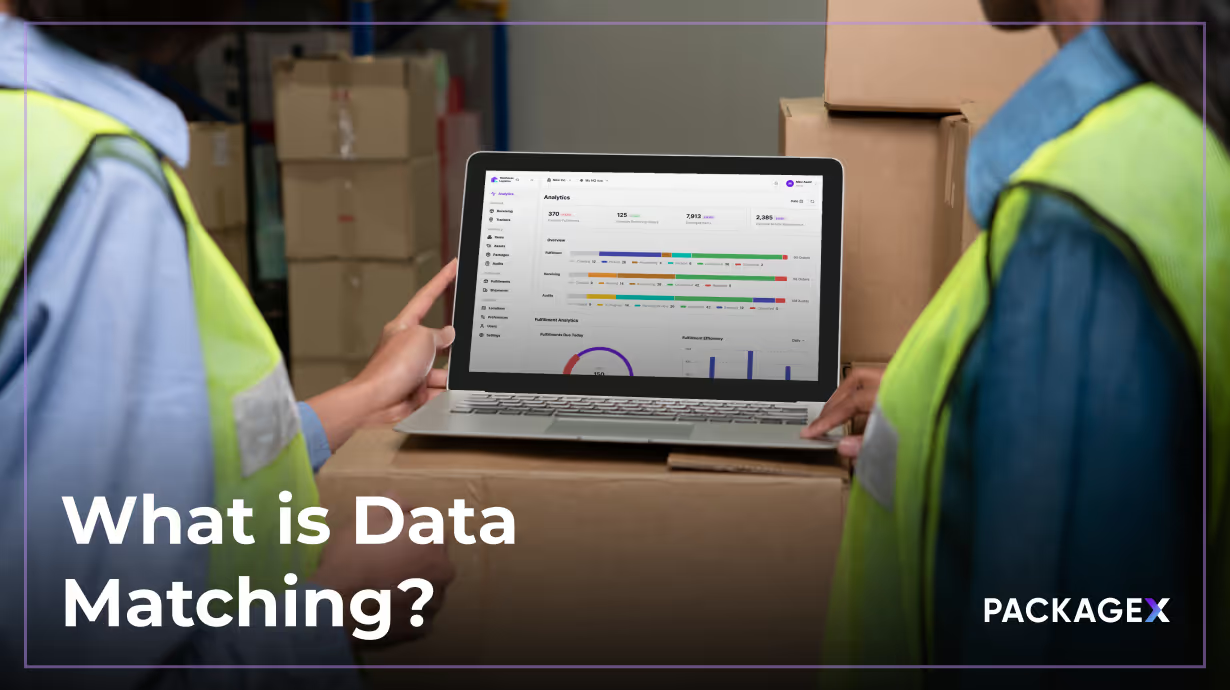
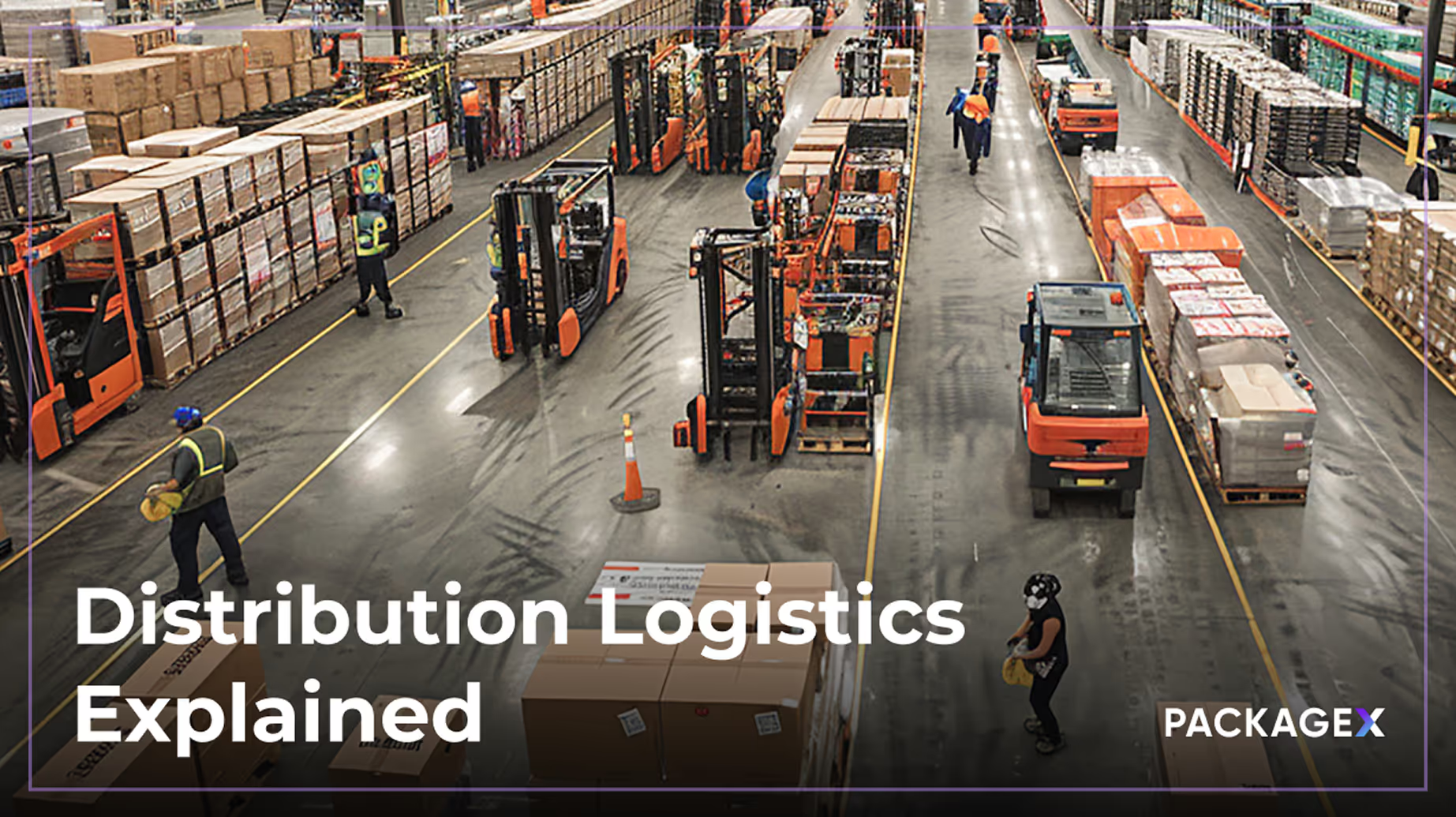




.avif)
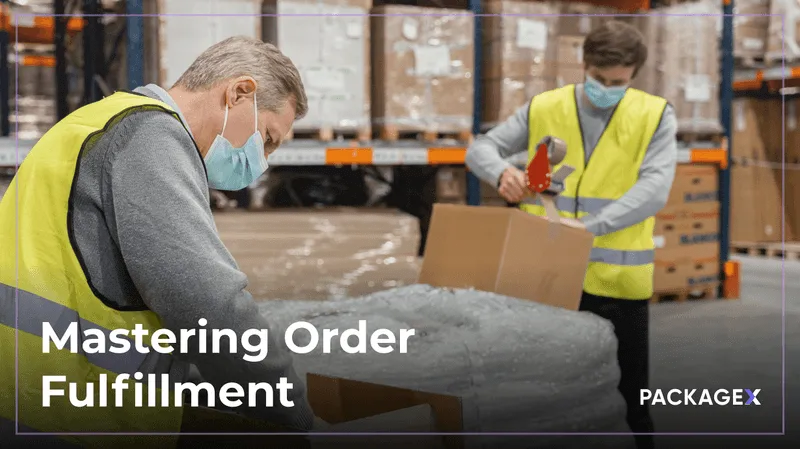


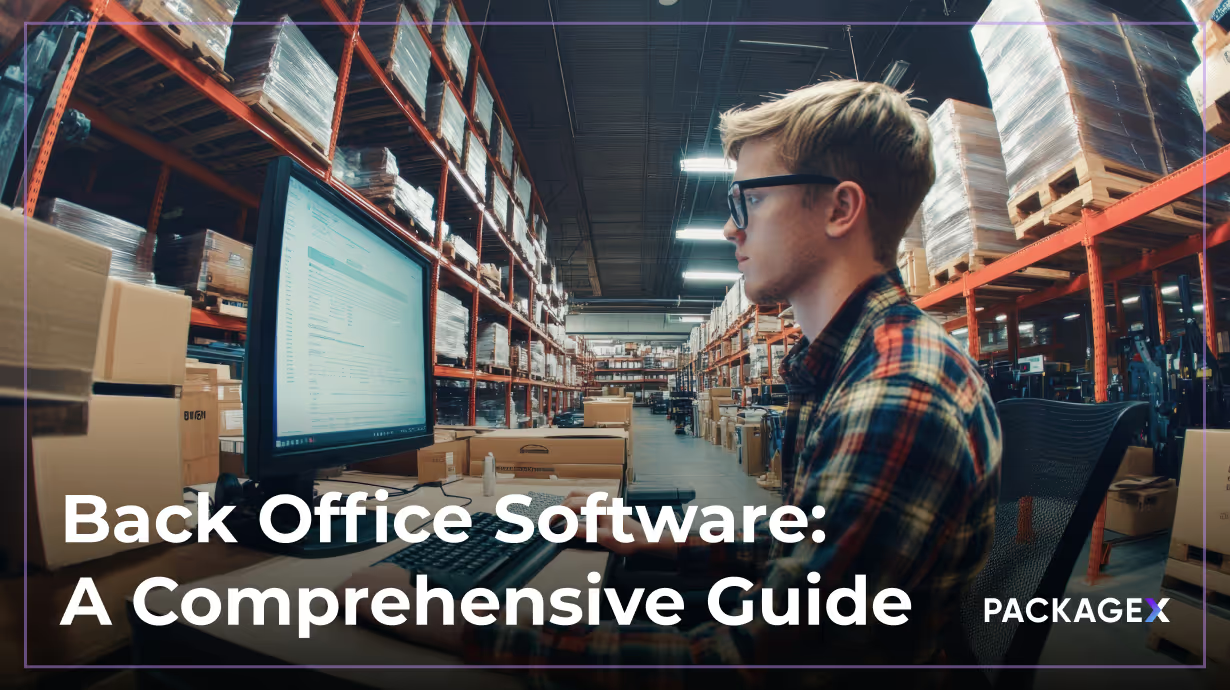


.avif)
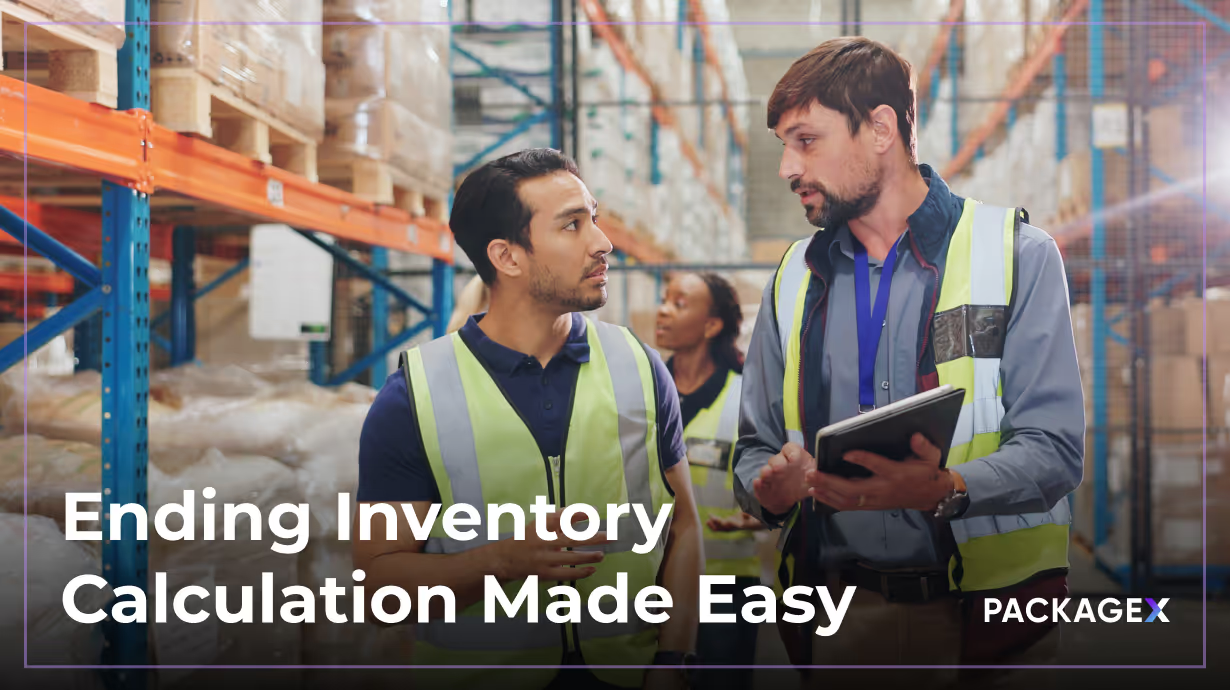





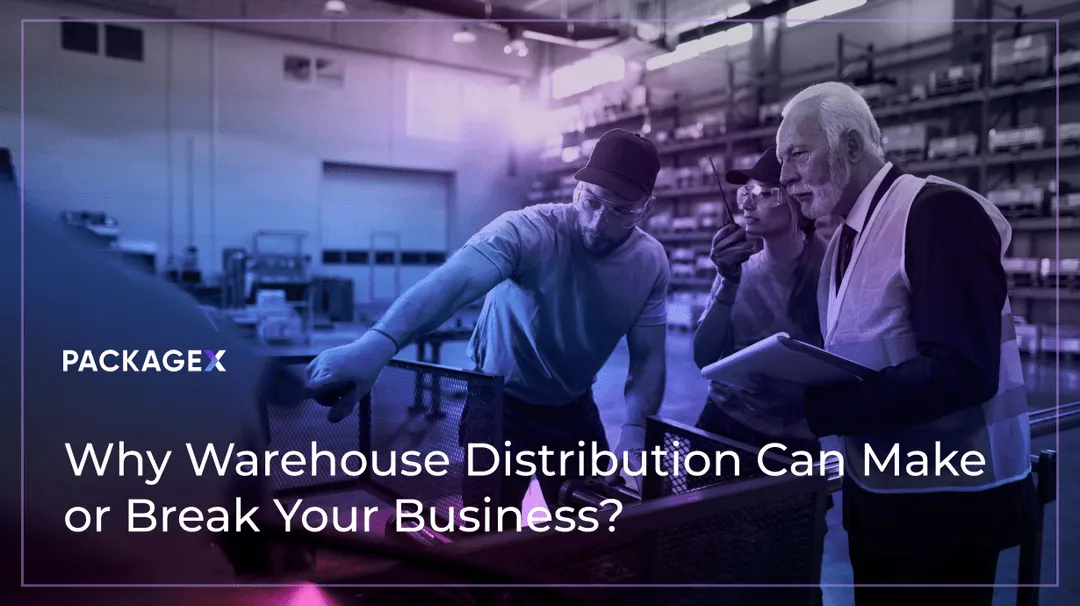
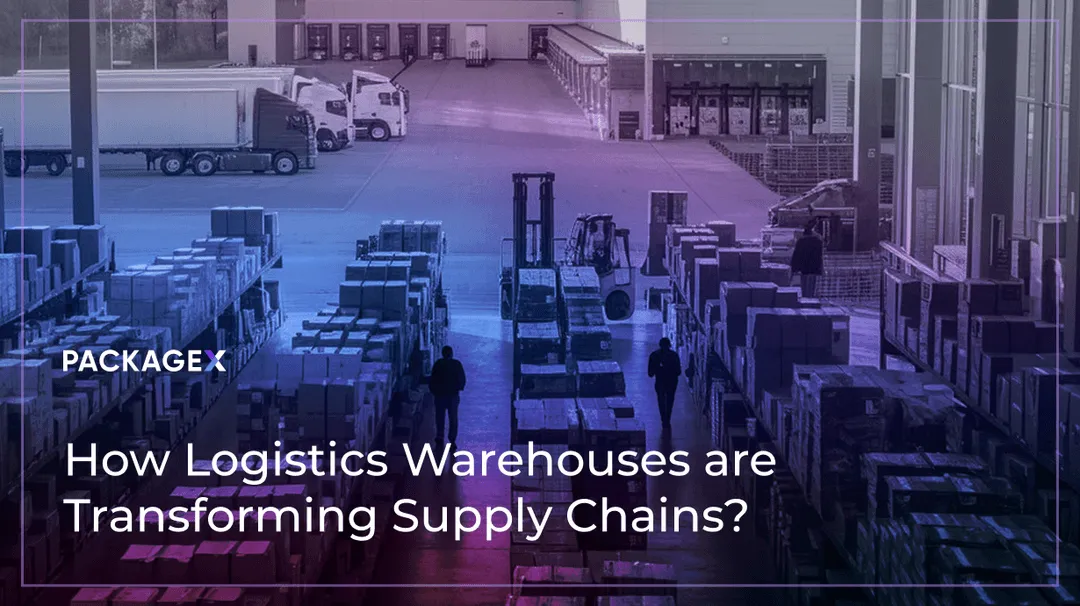



.avif)

.avif)
.avif)






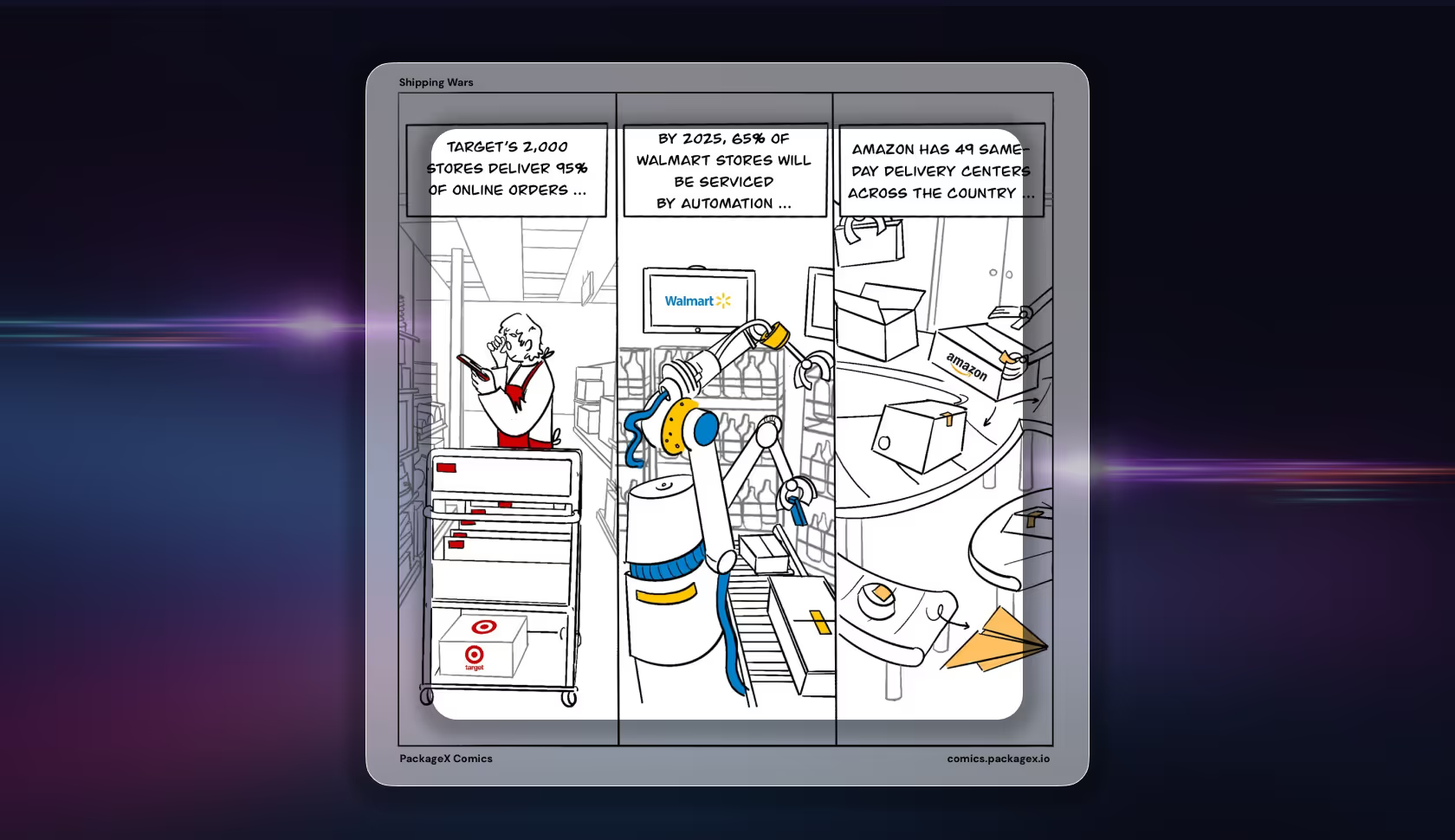
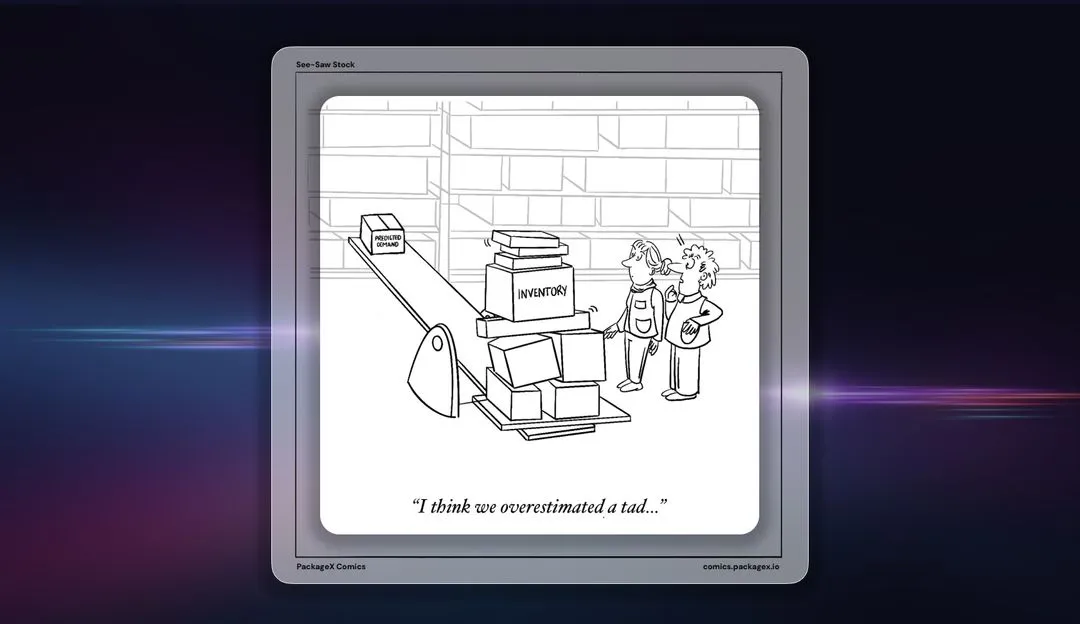

.avif)
.avif)
.avif)
.avif)
.avif)
.avif)
.avif)
.avif)


